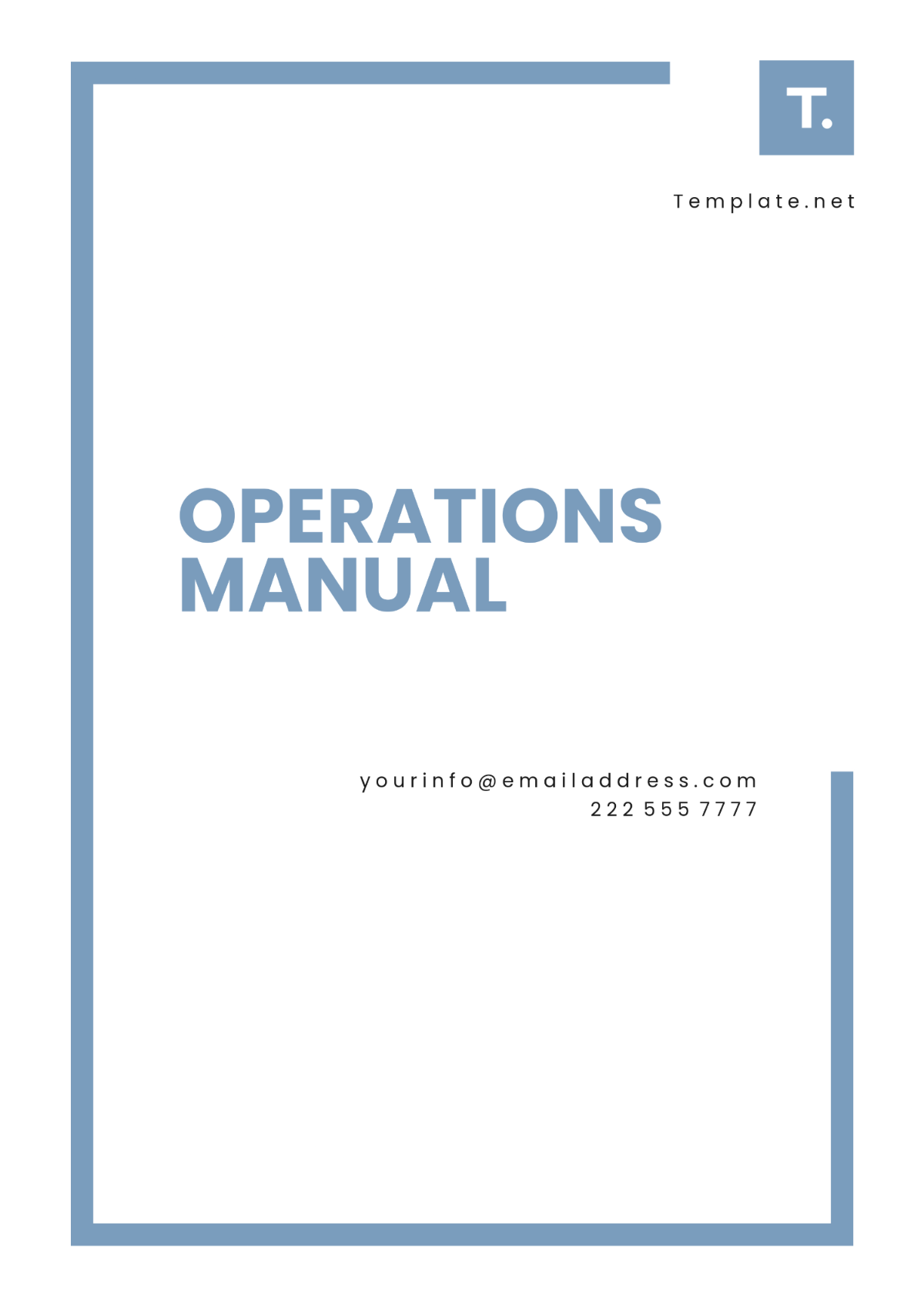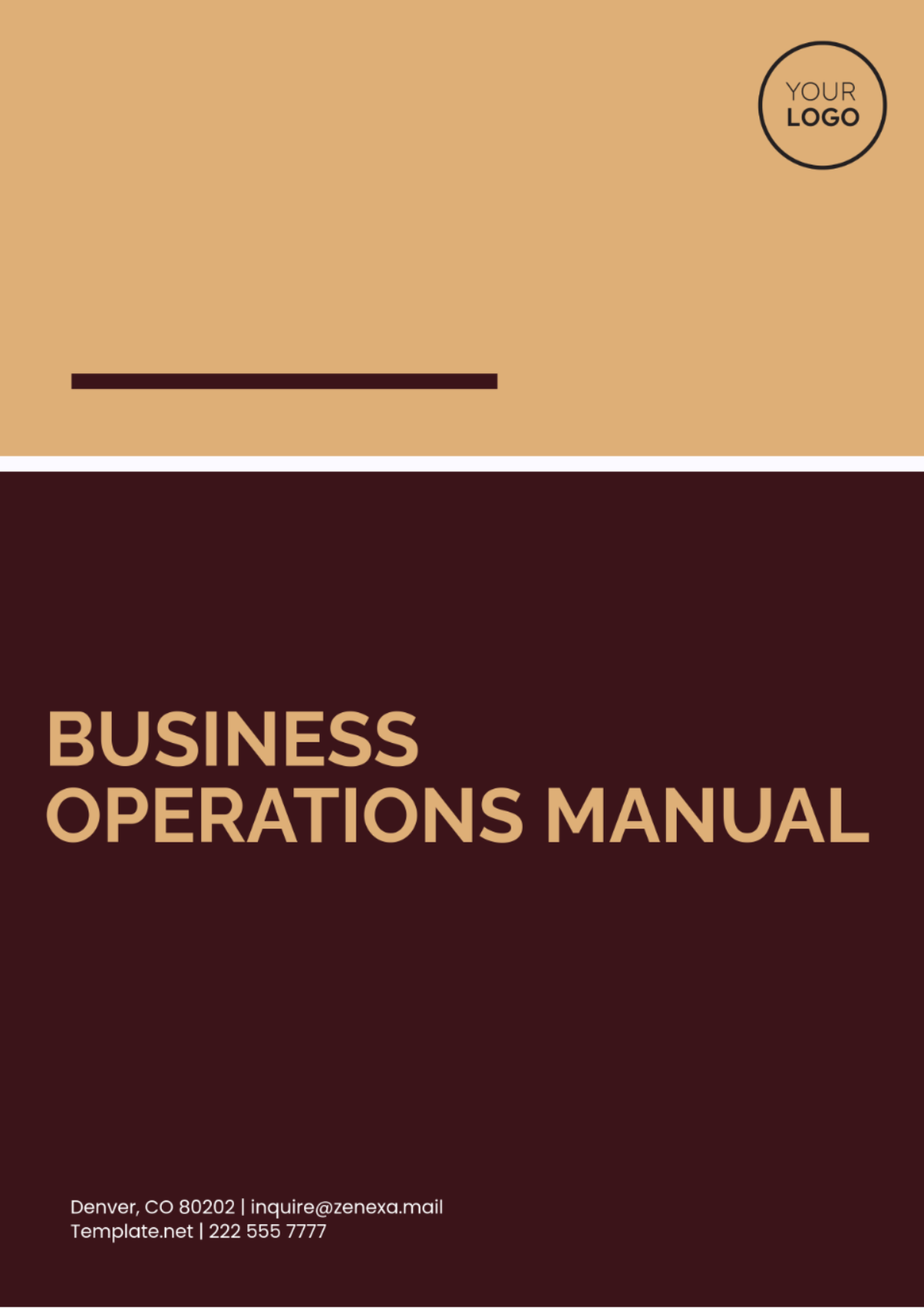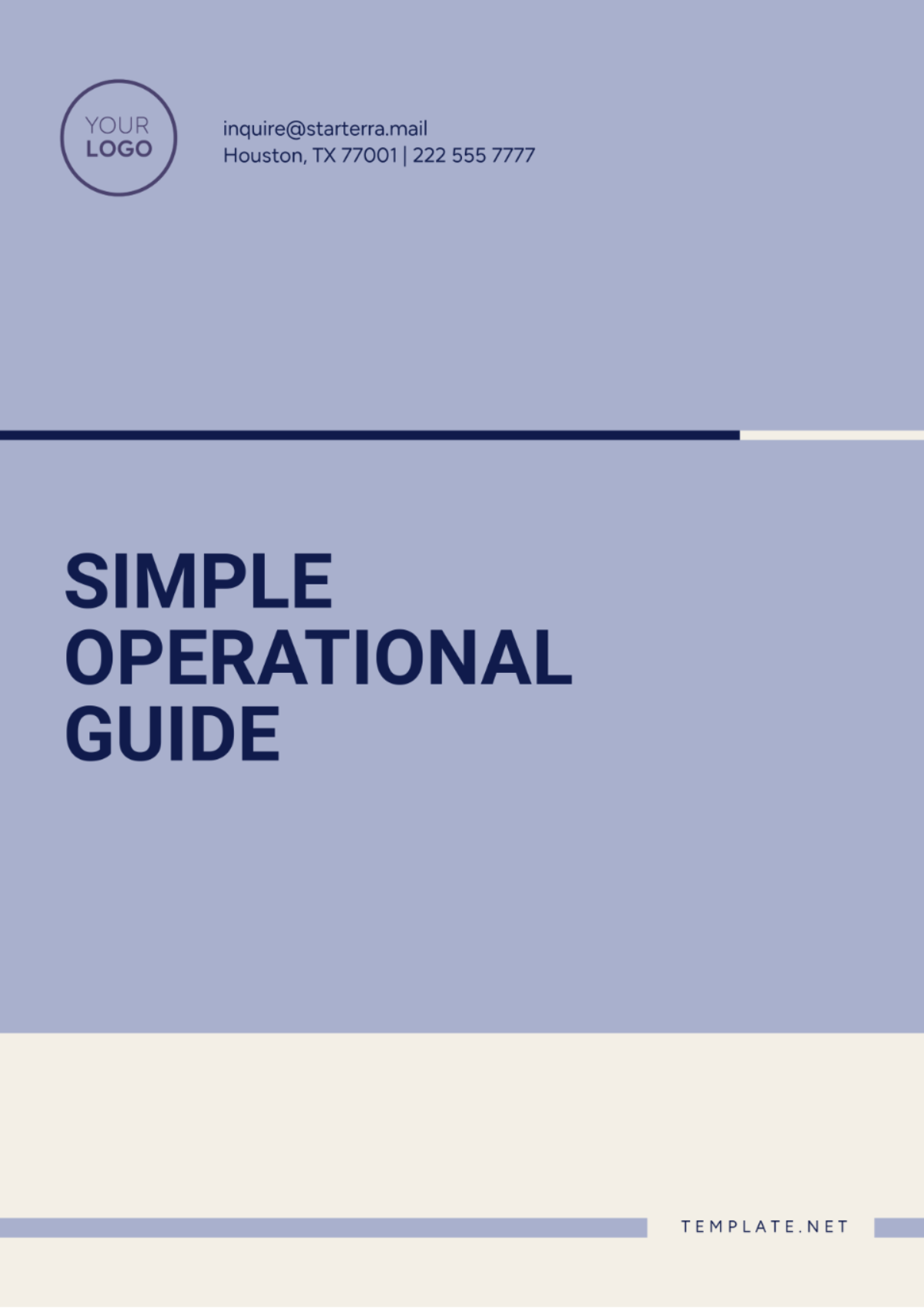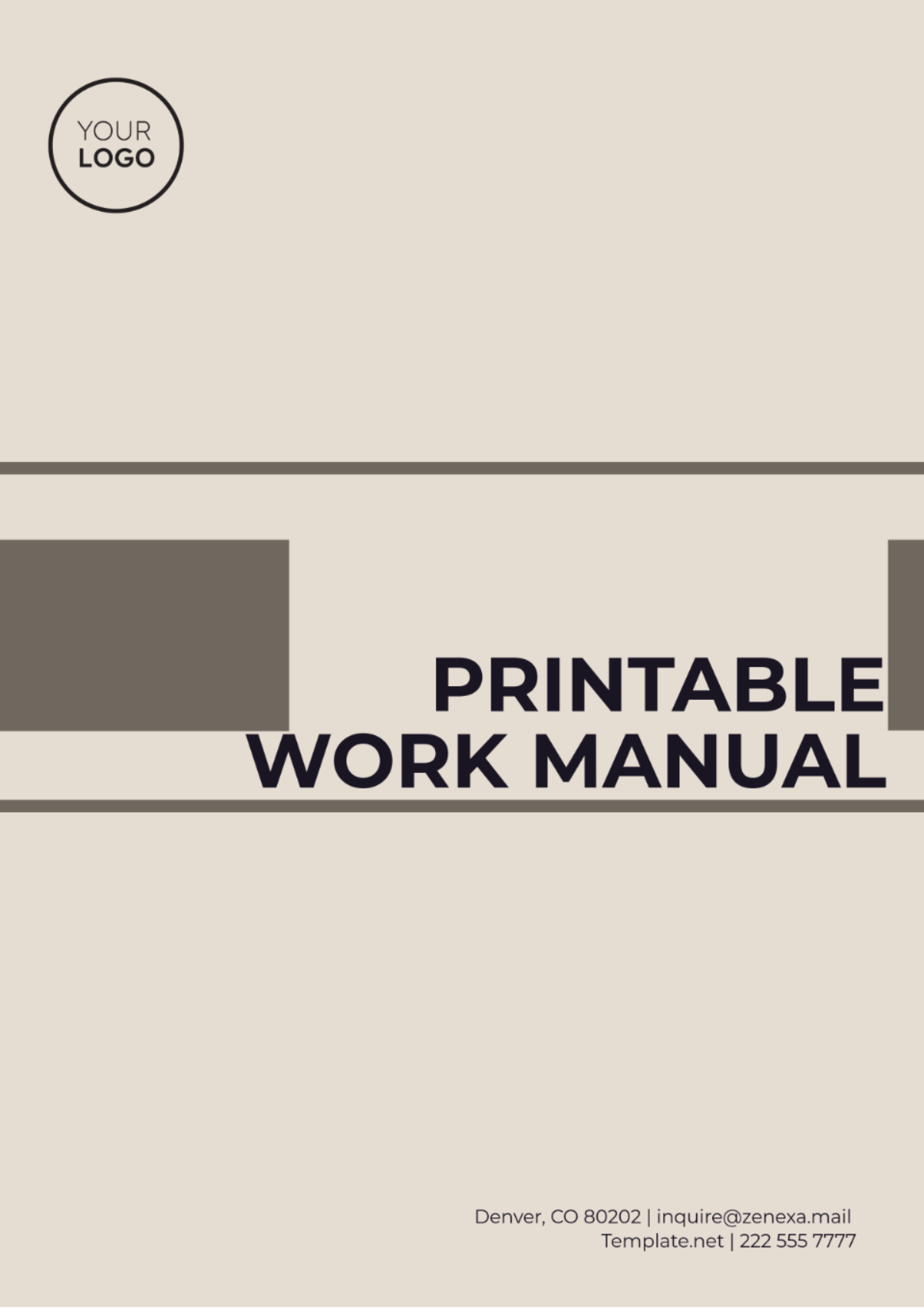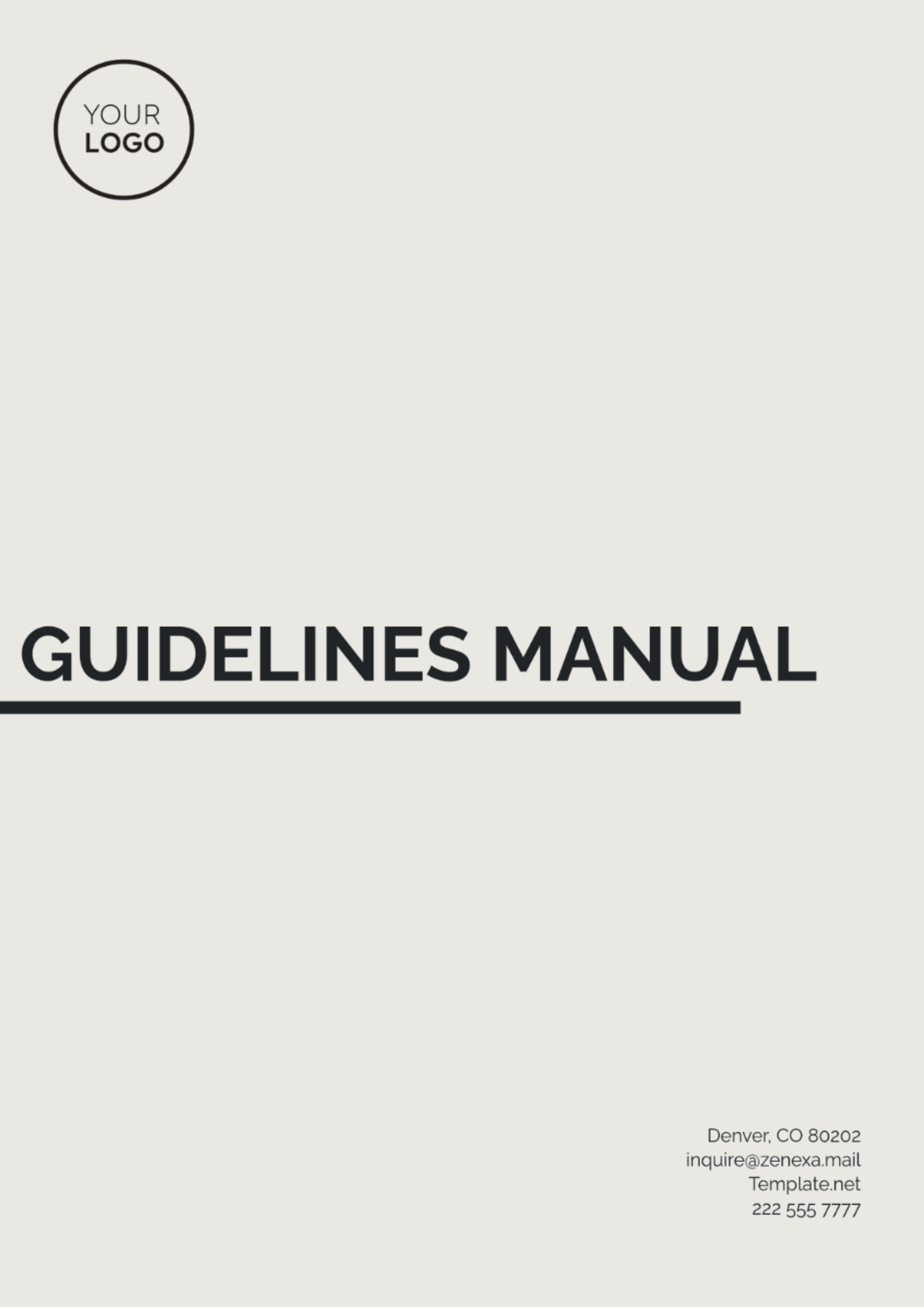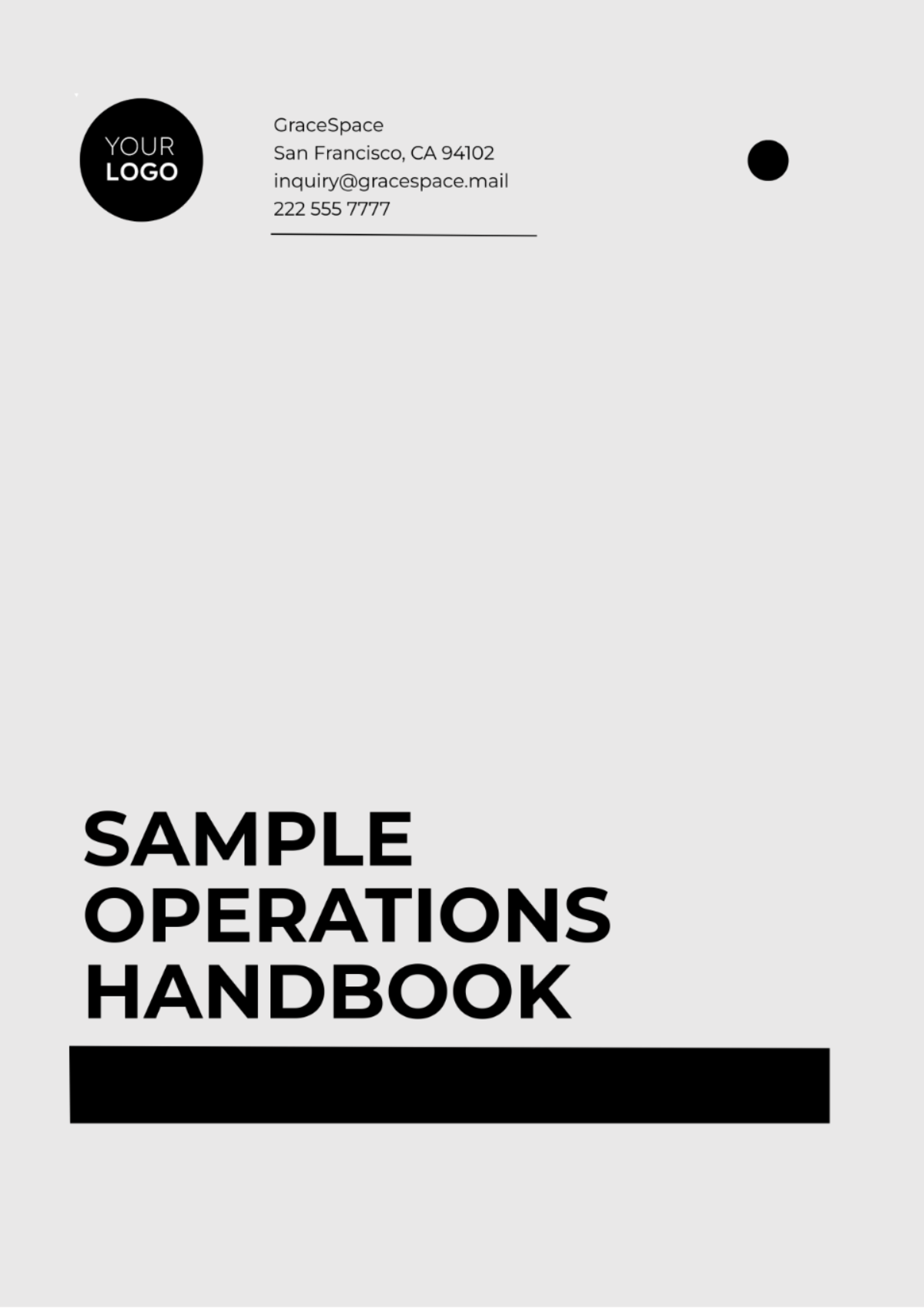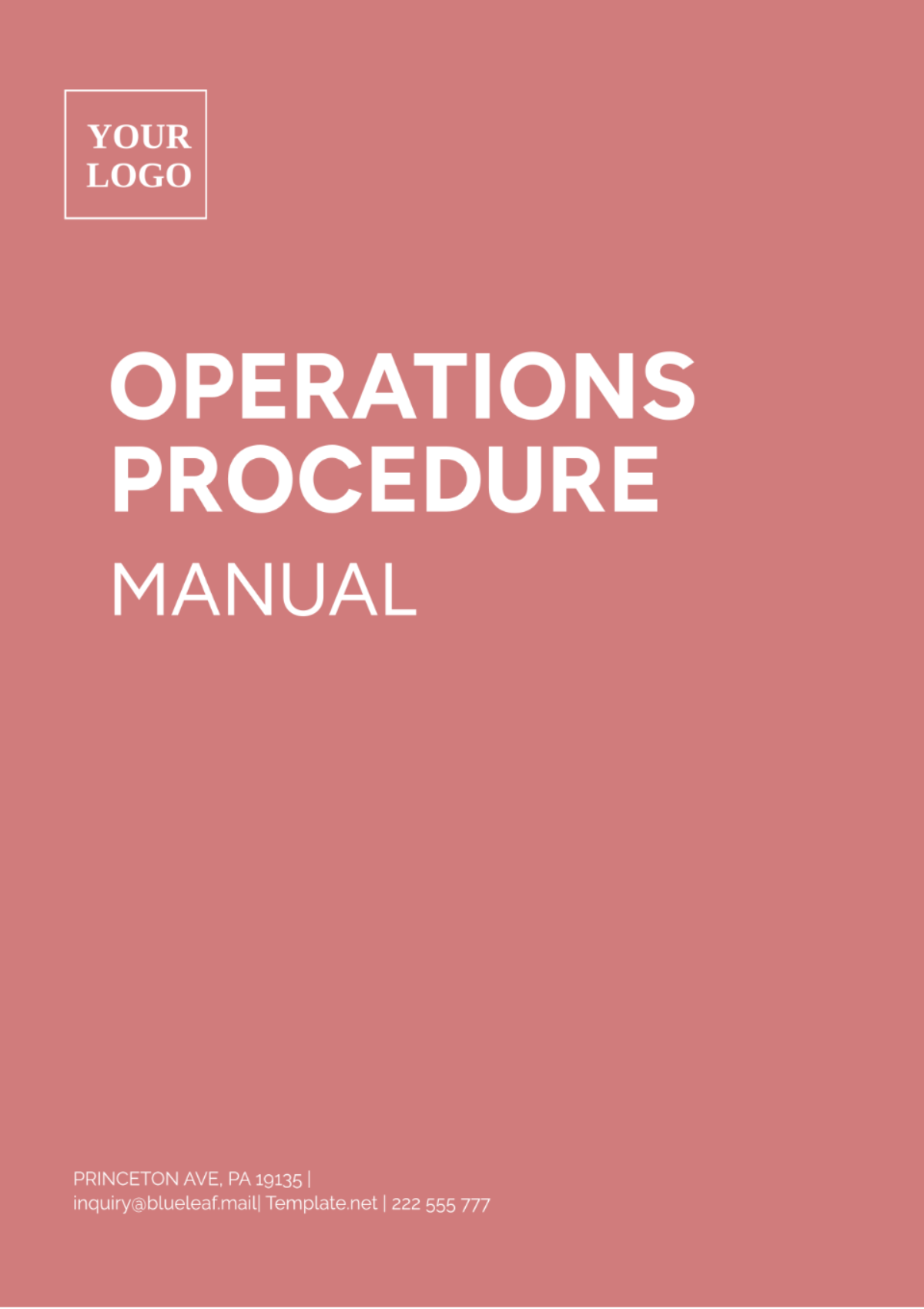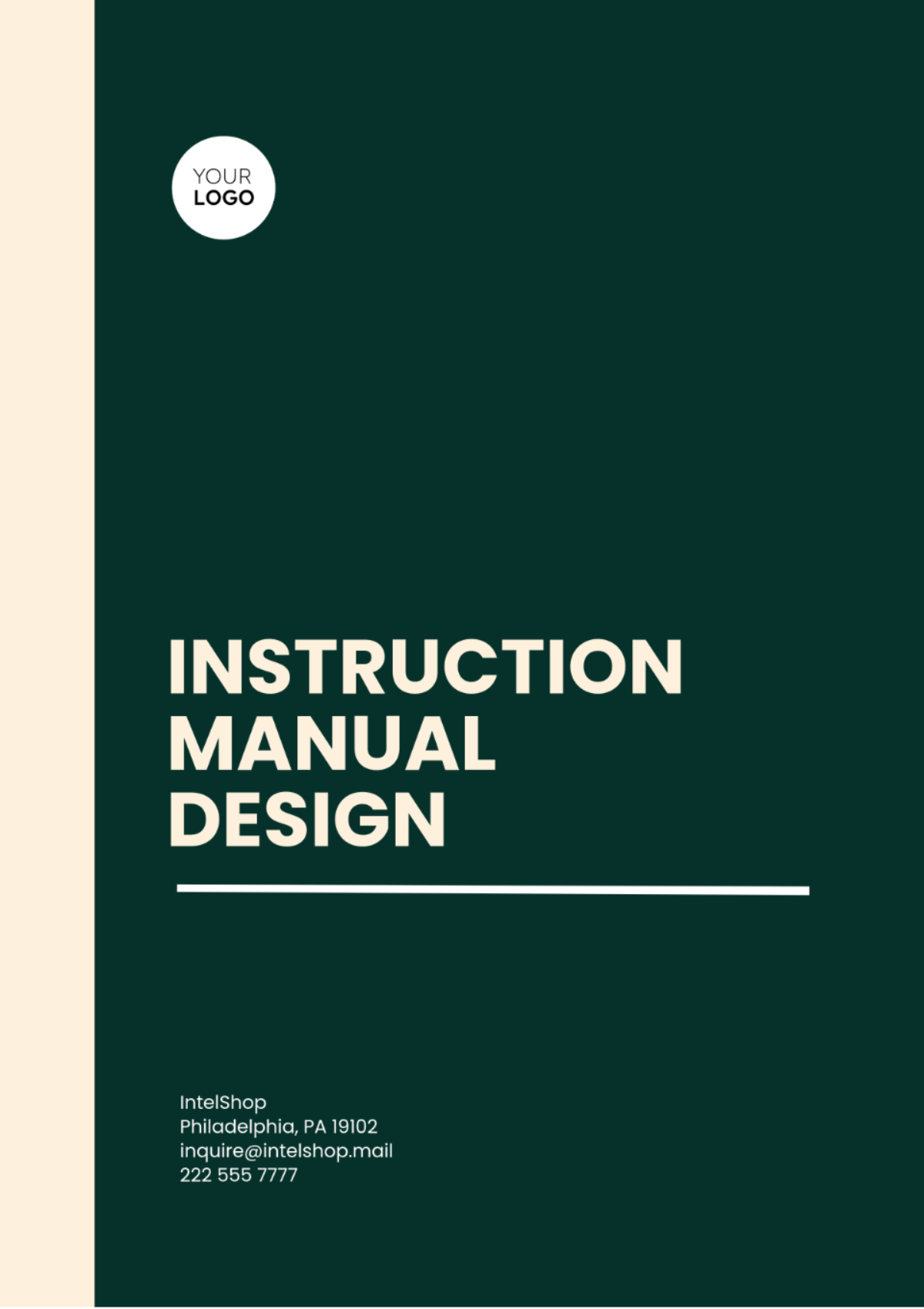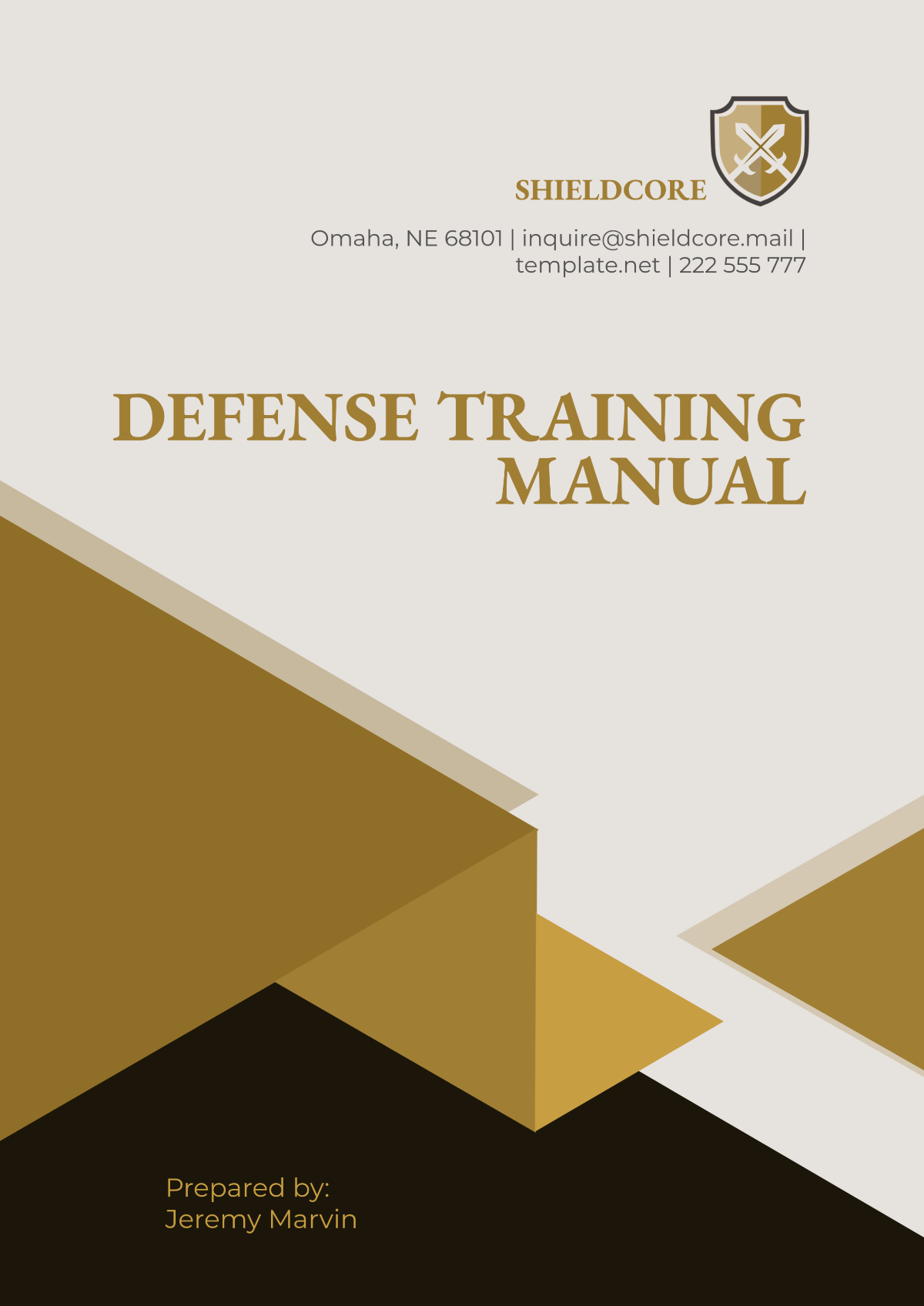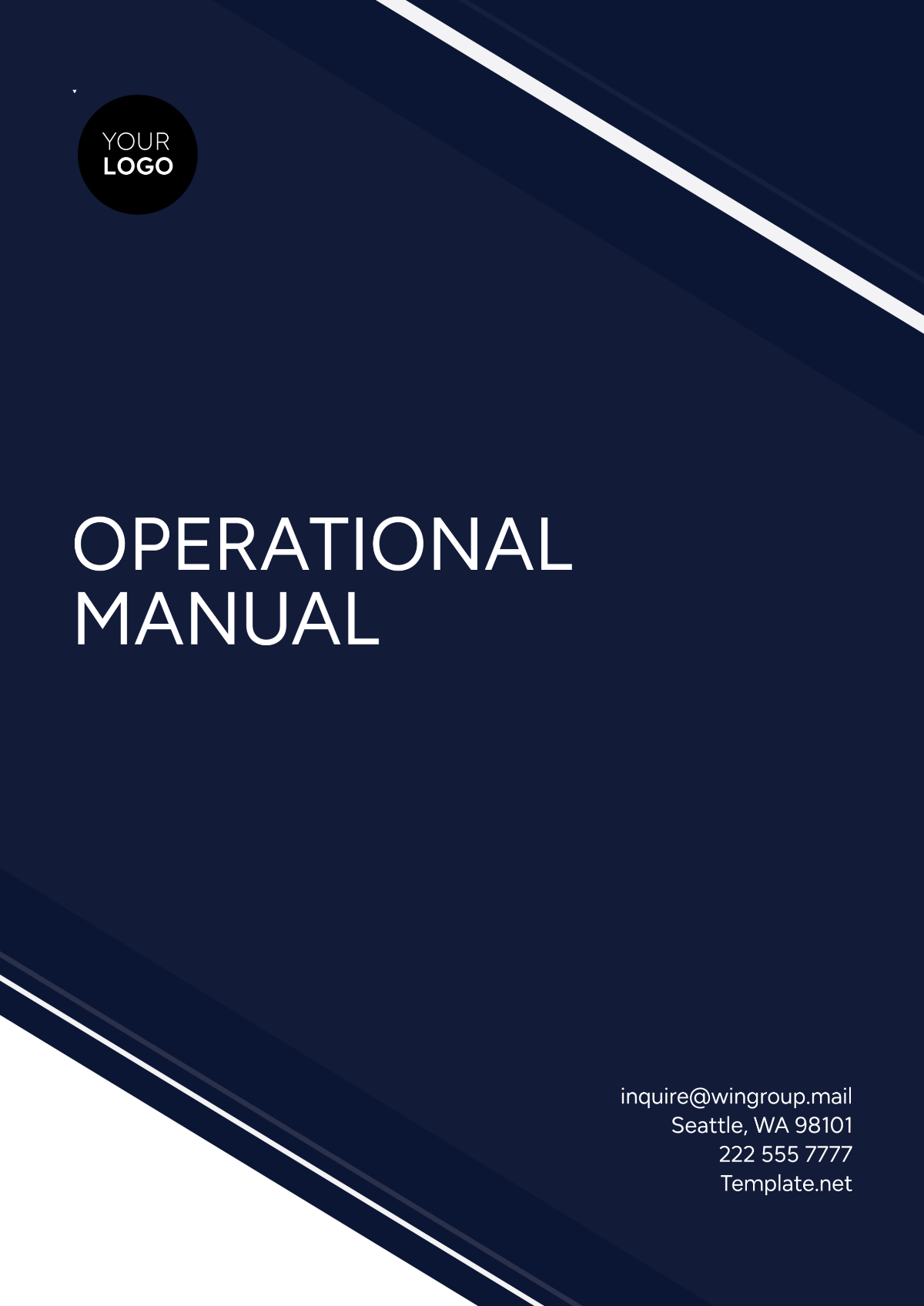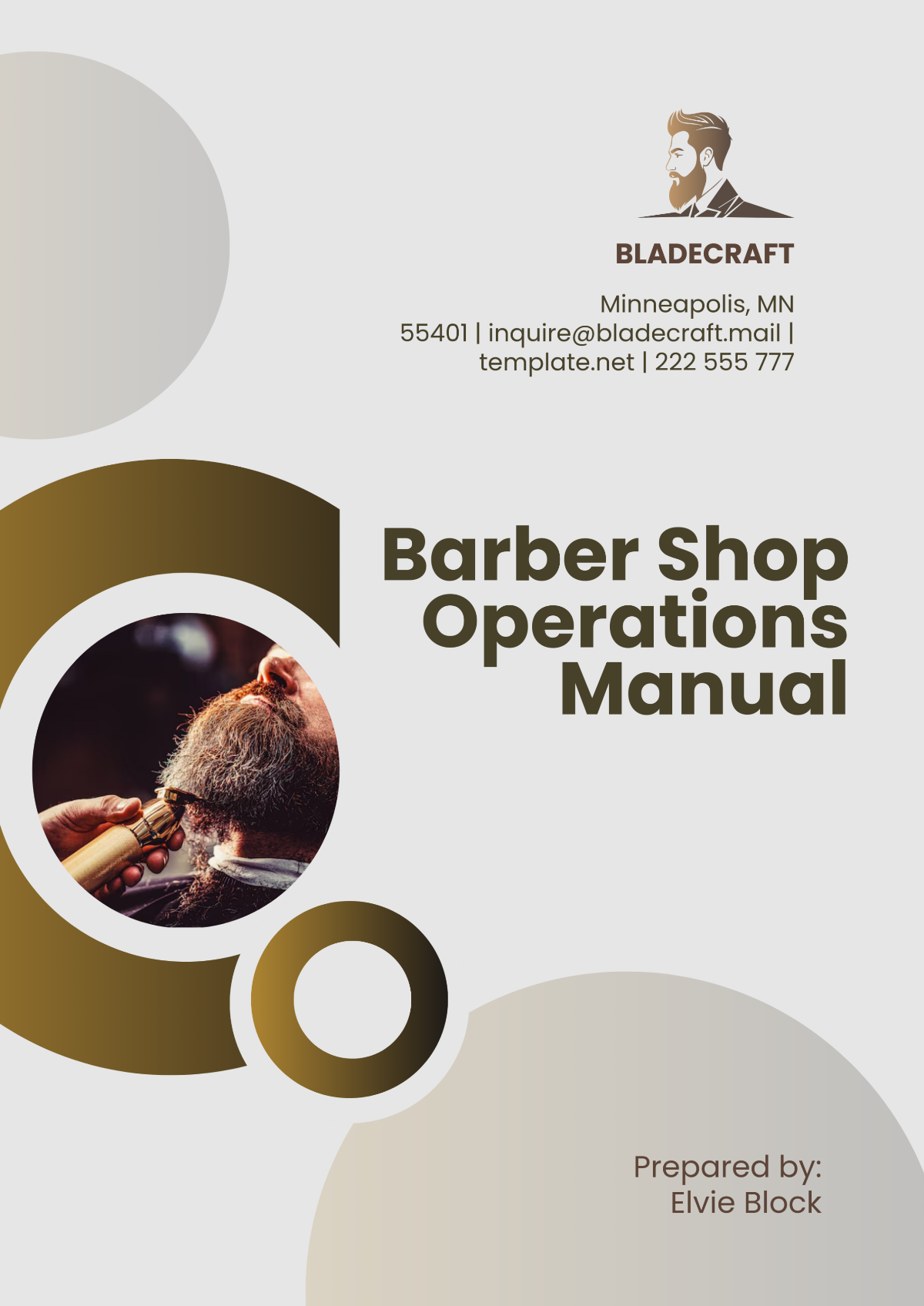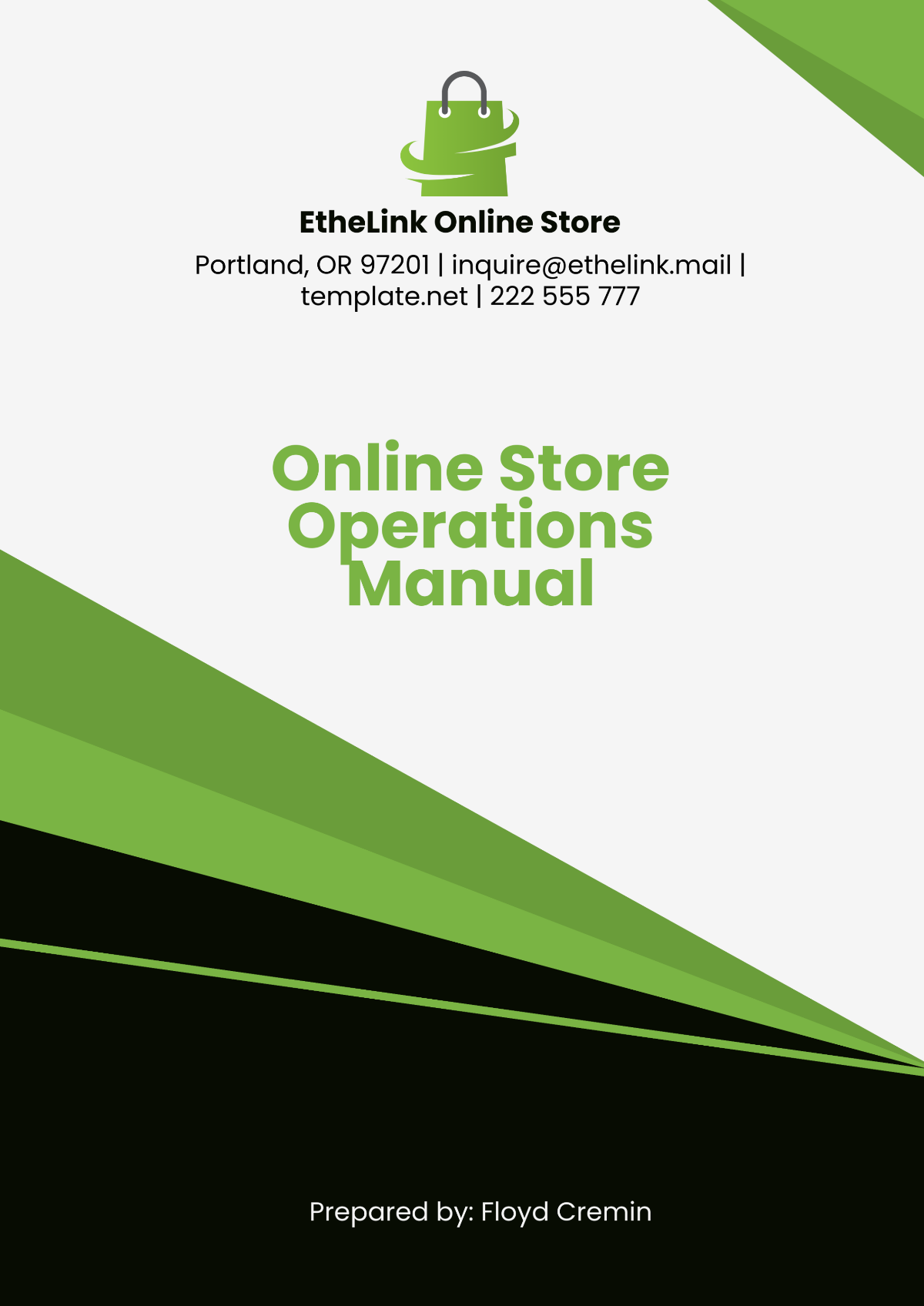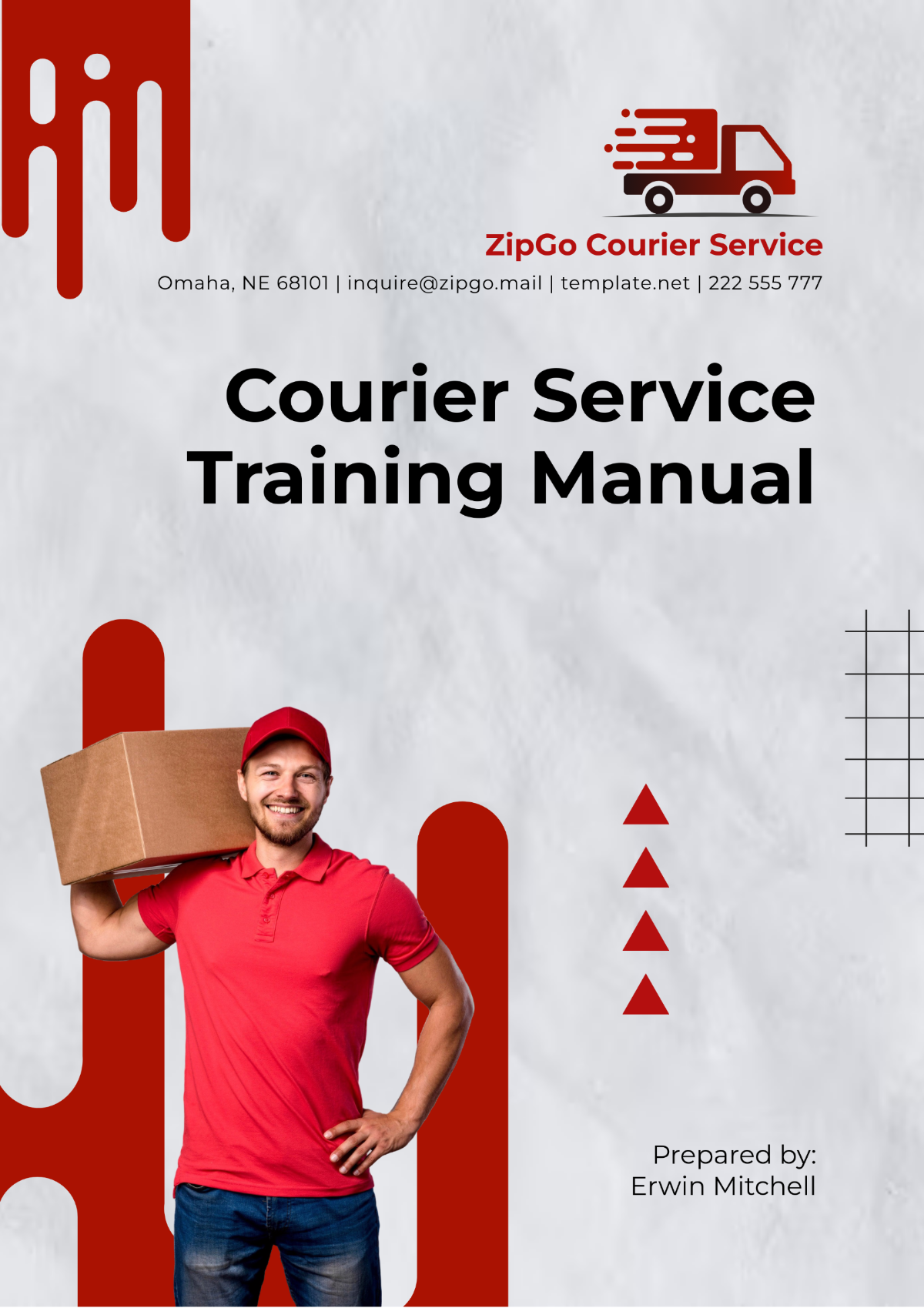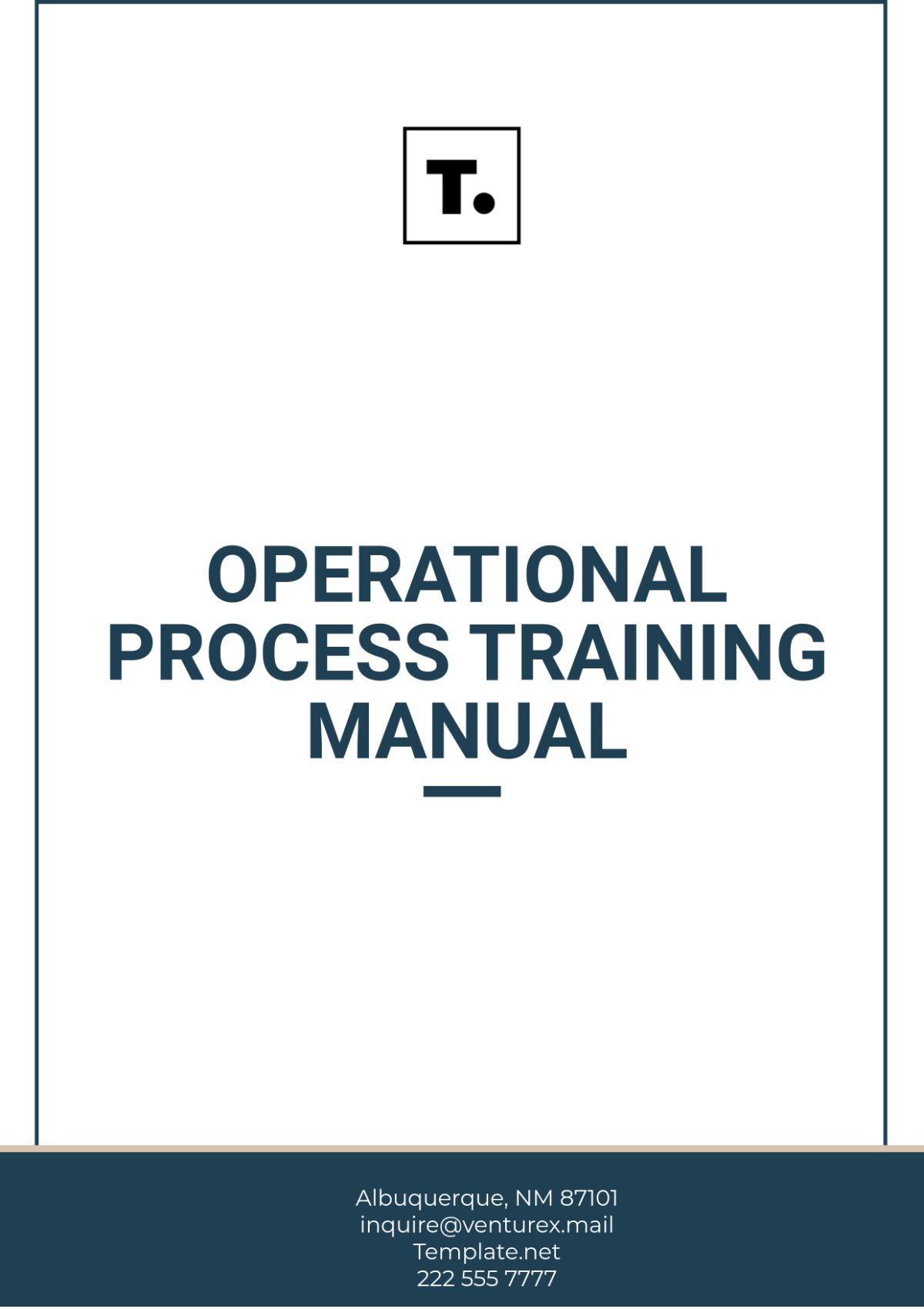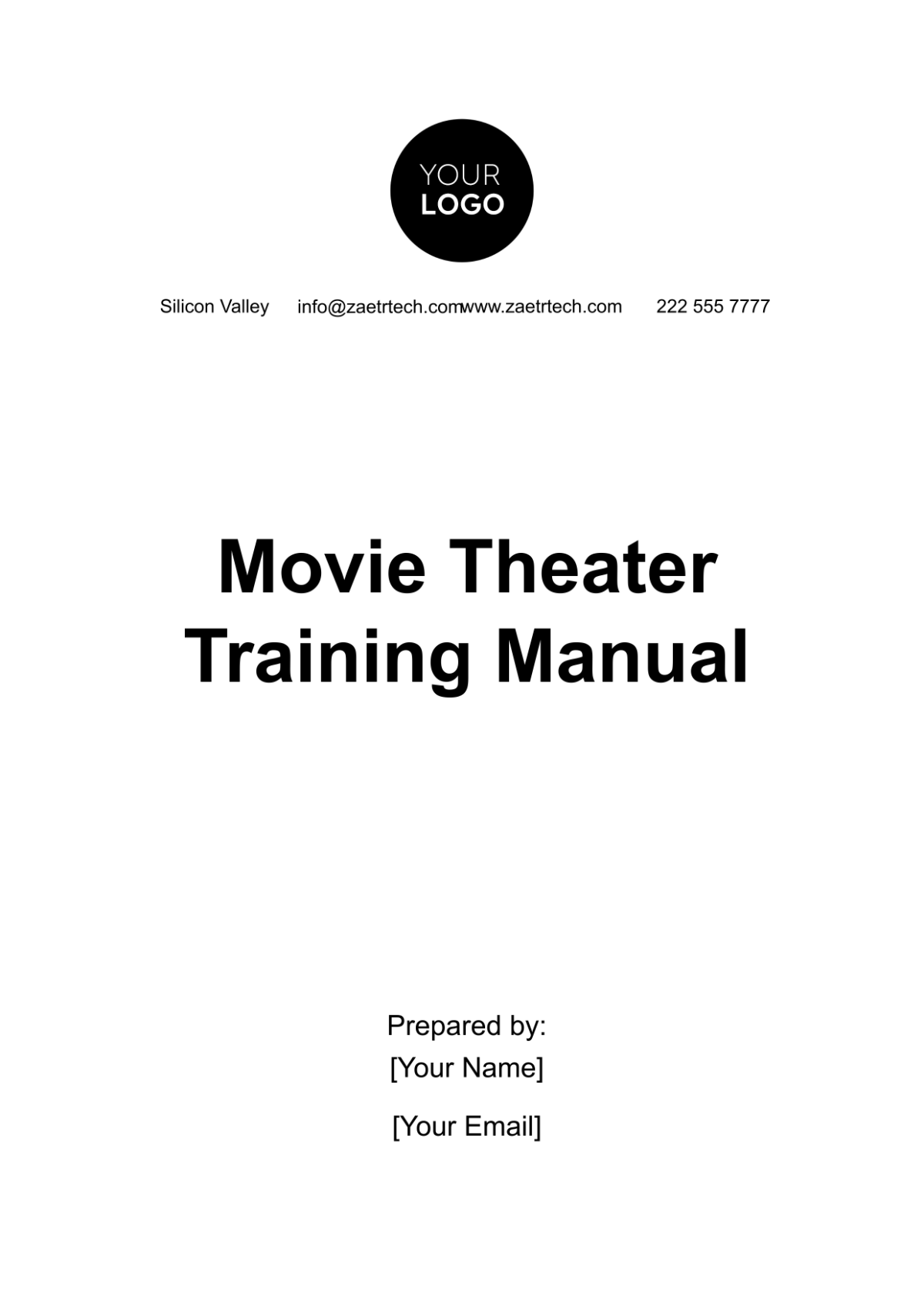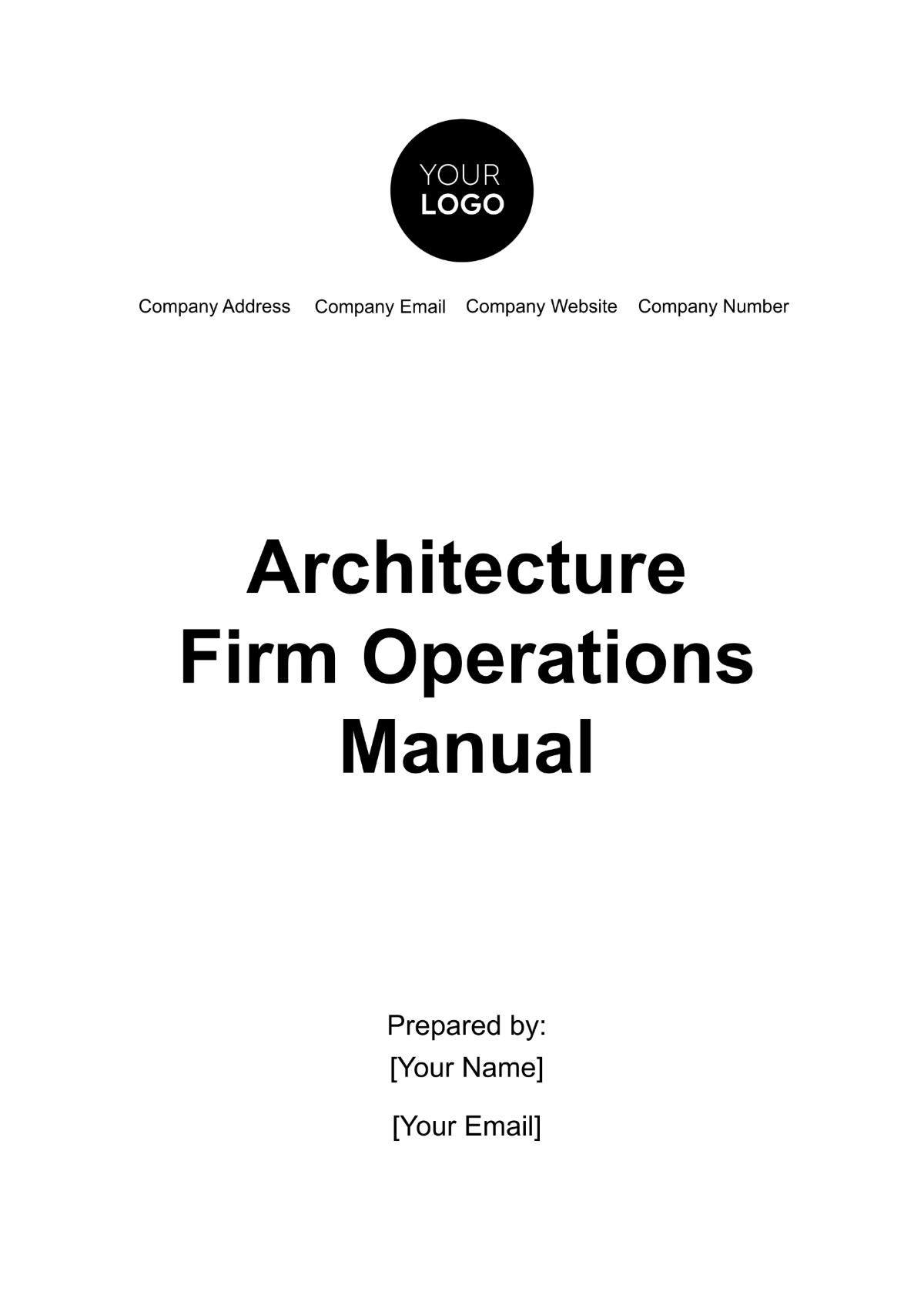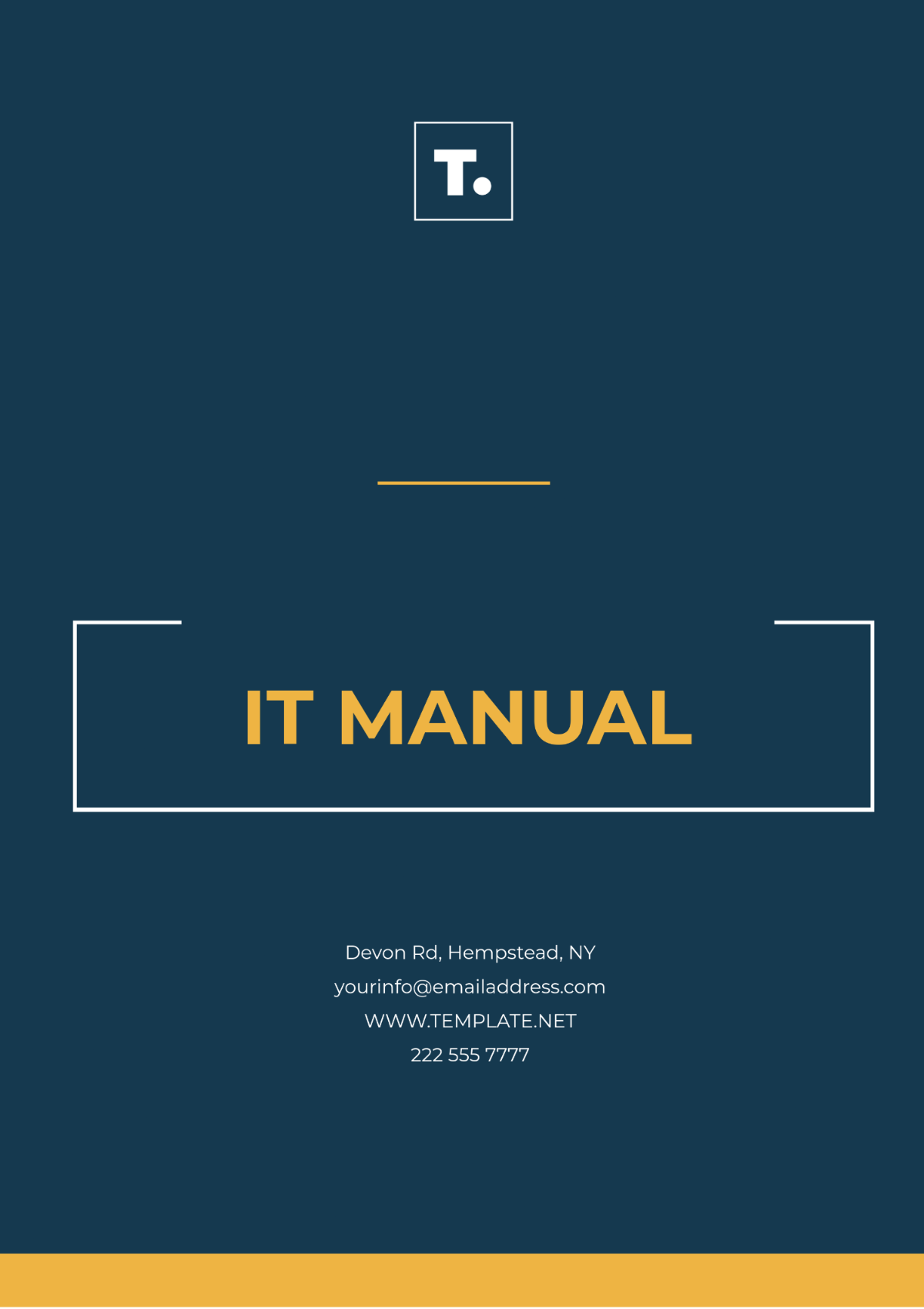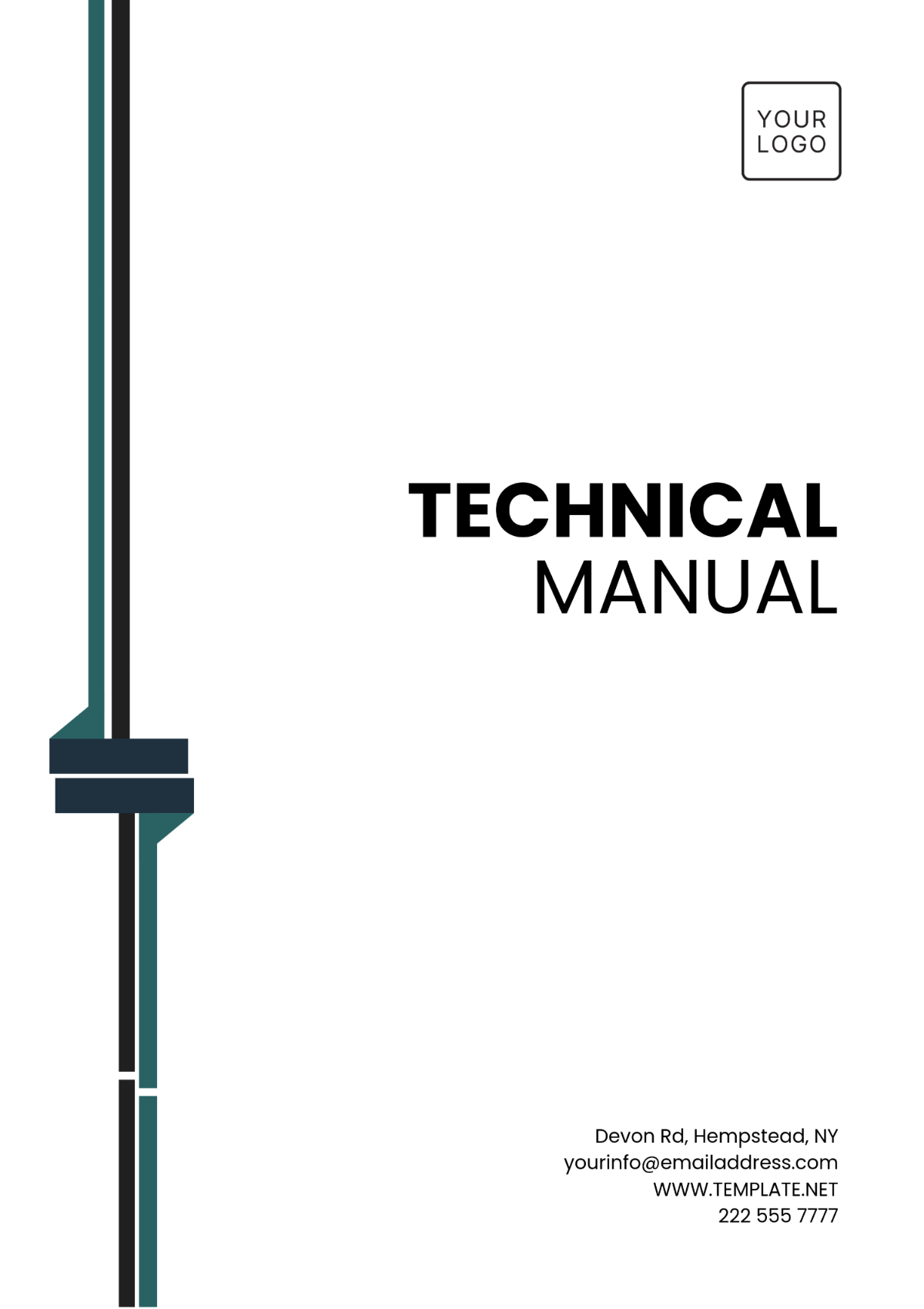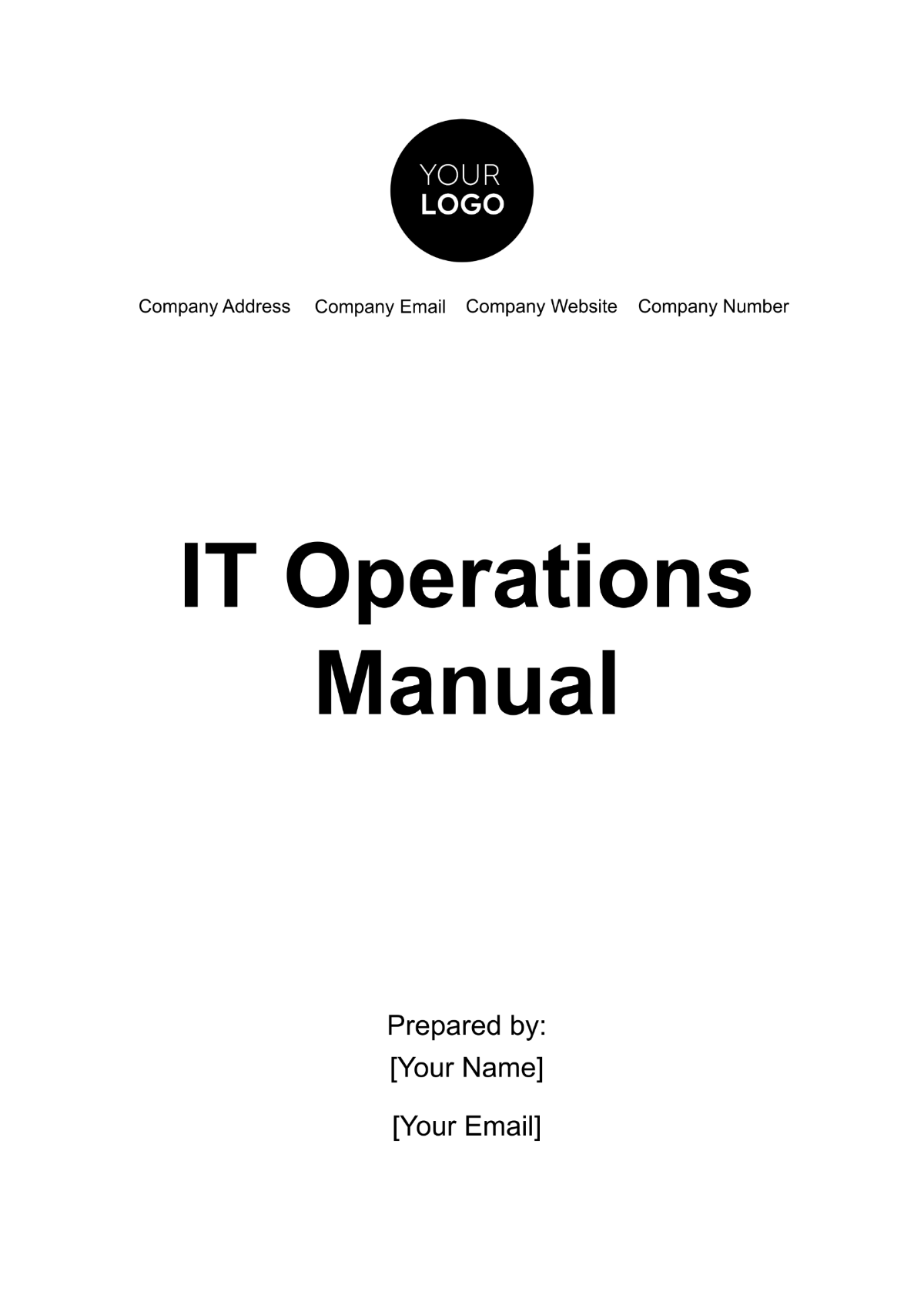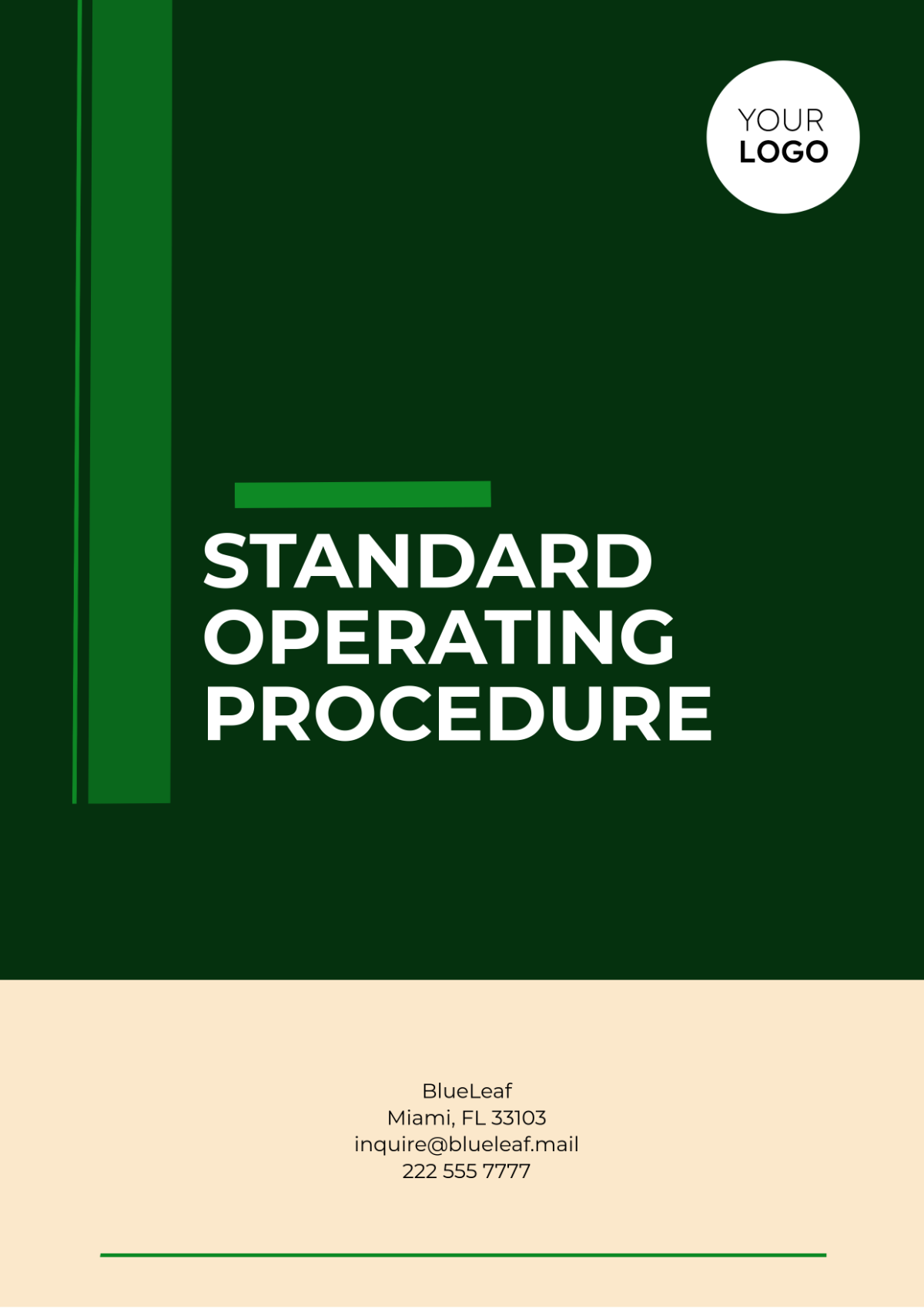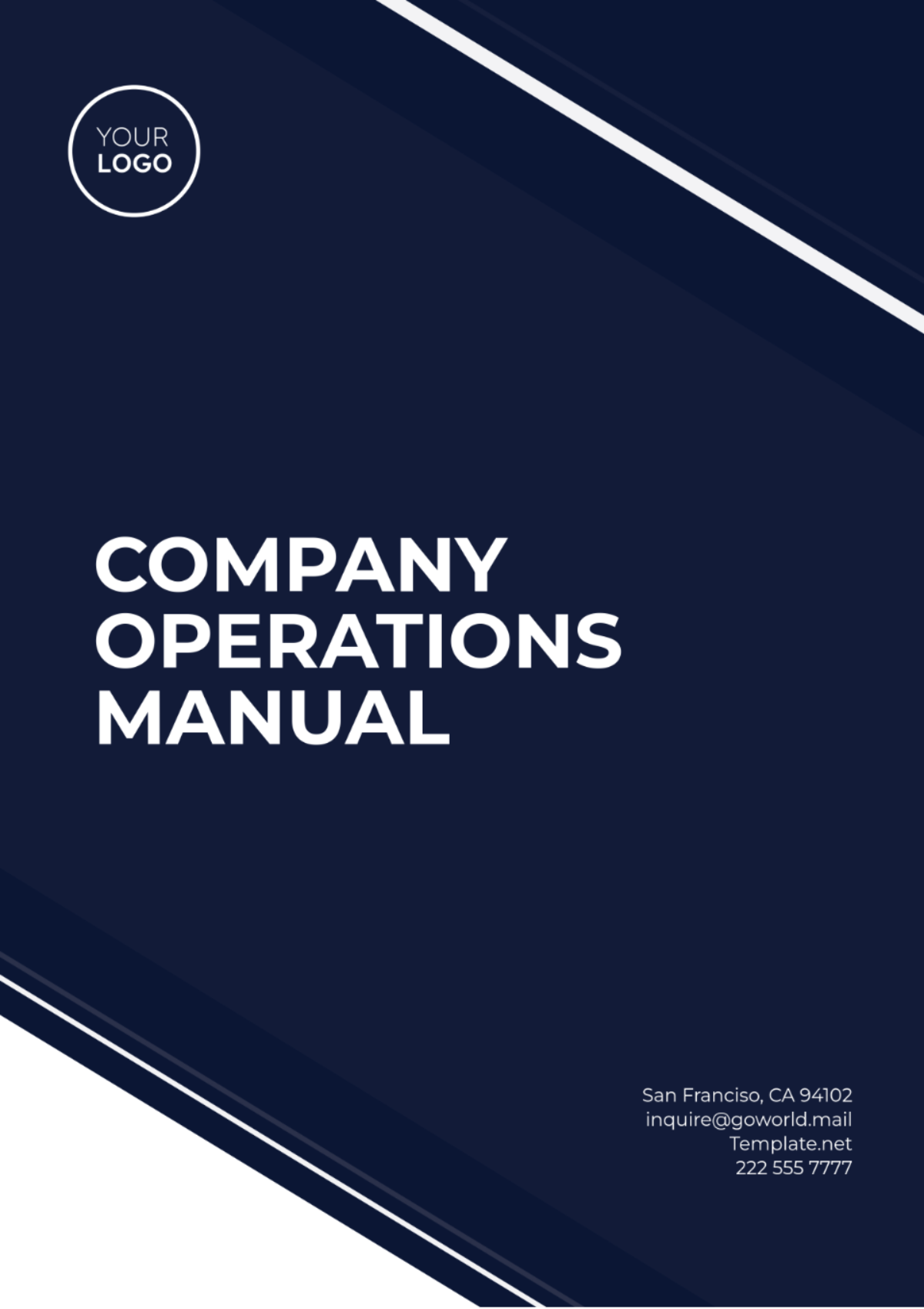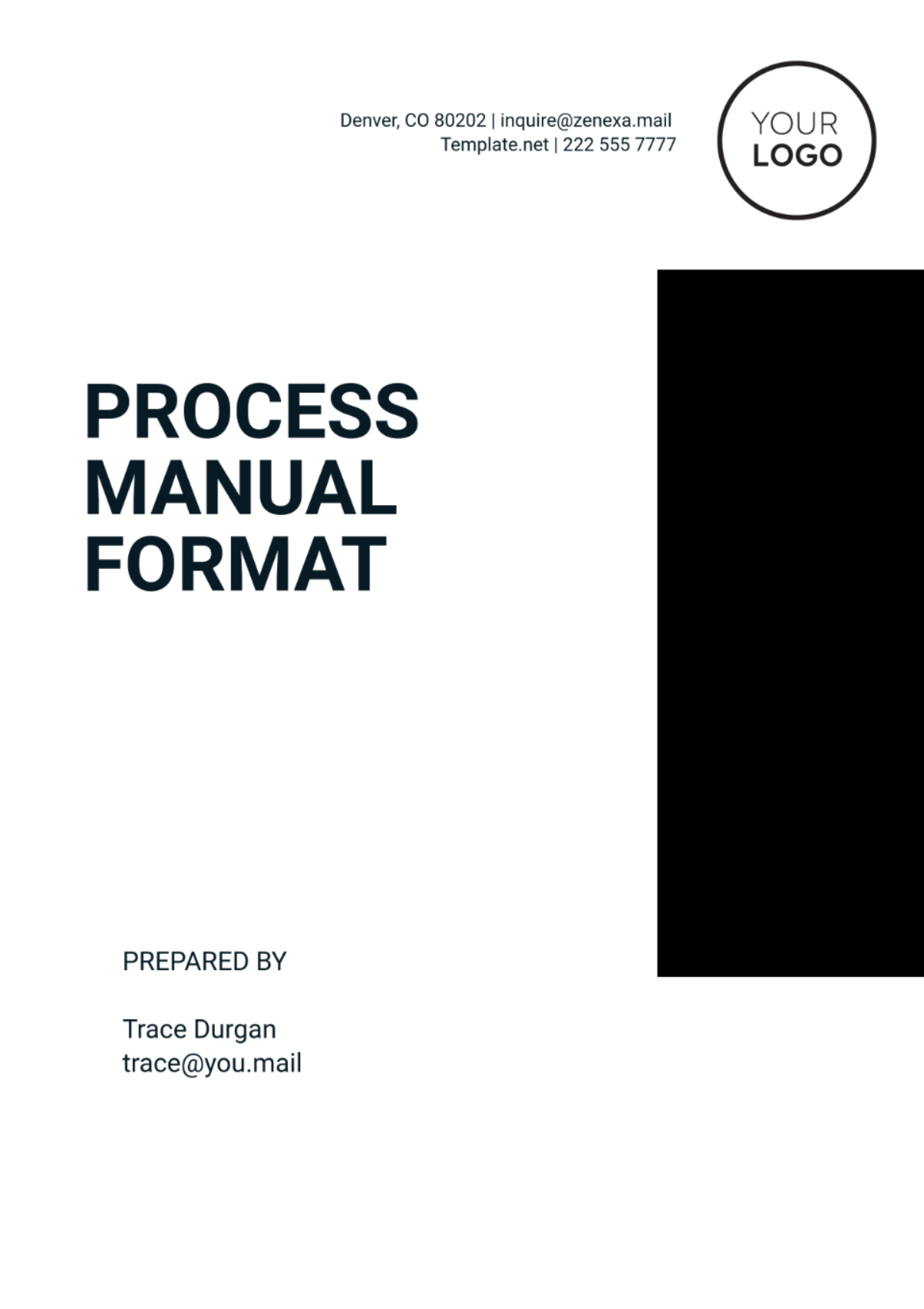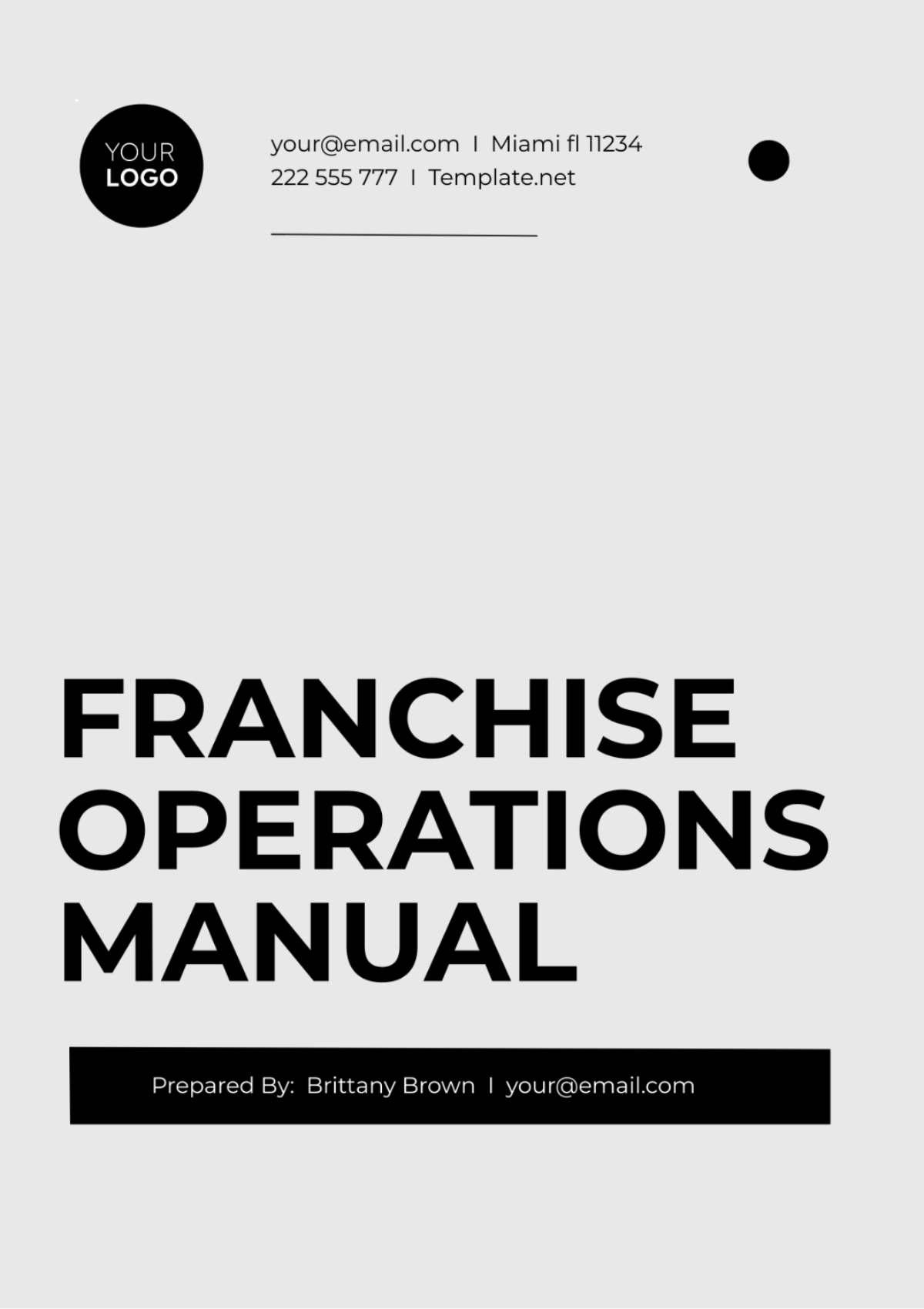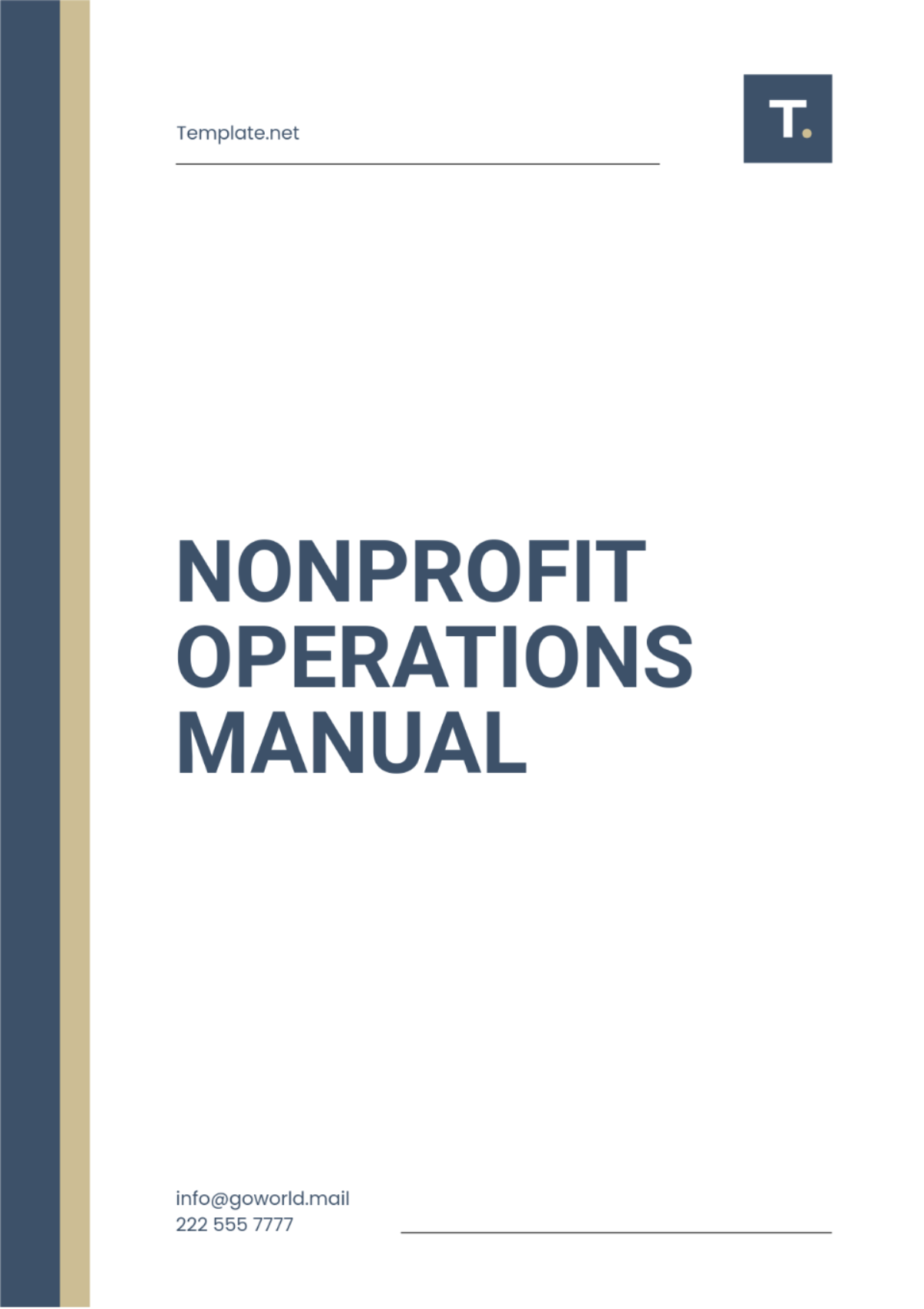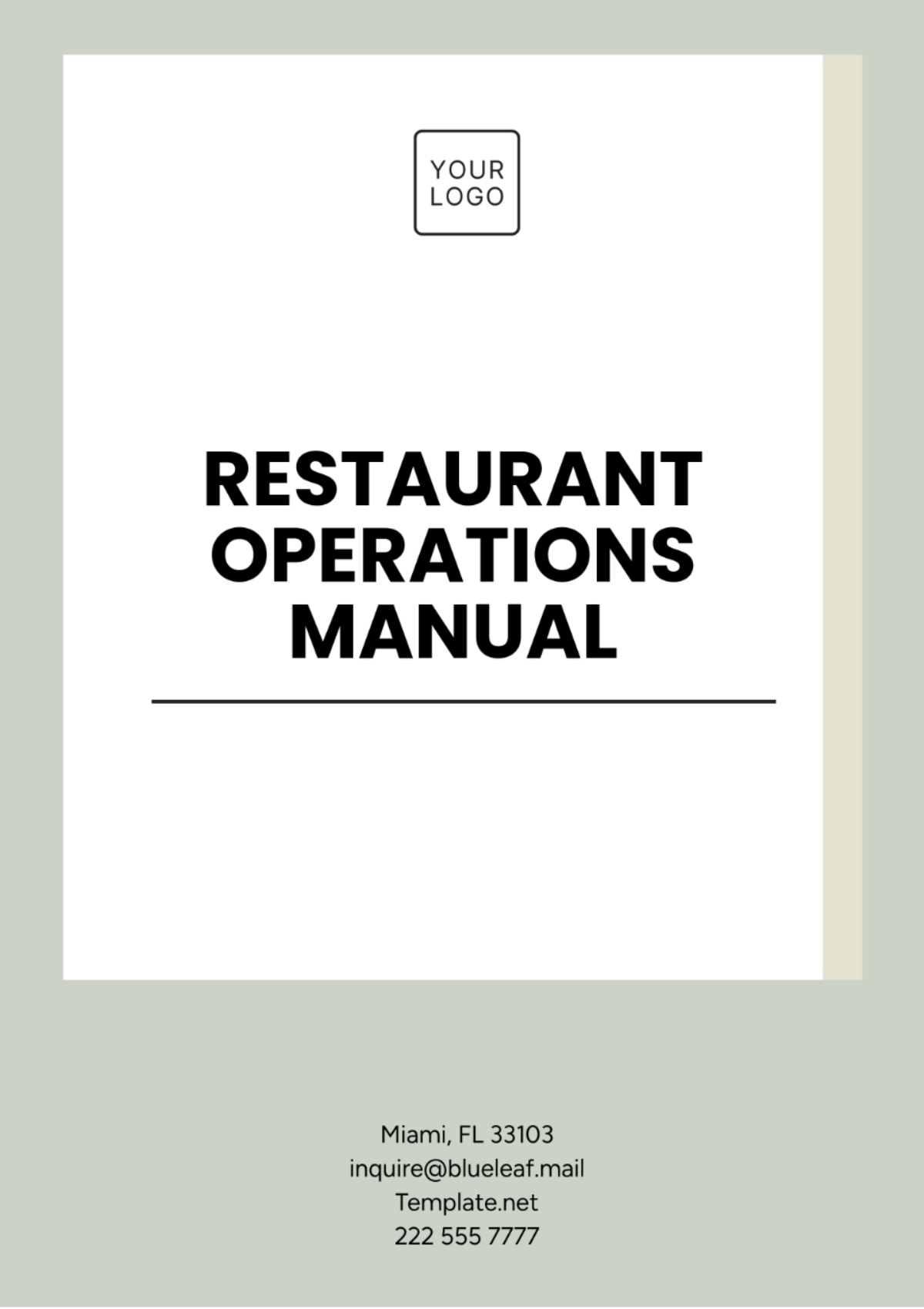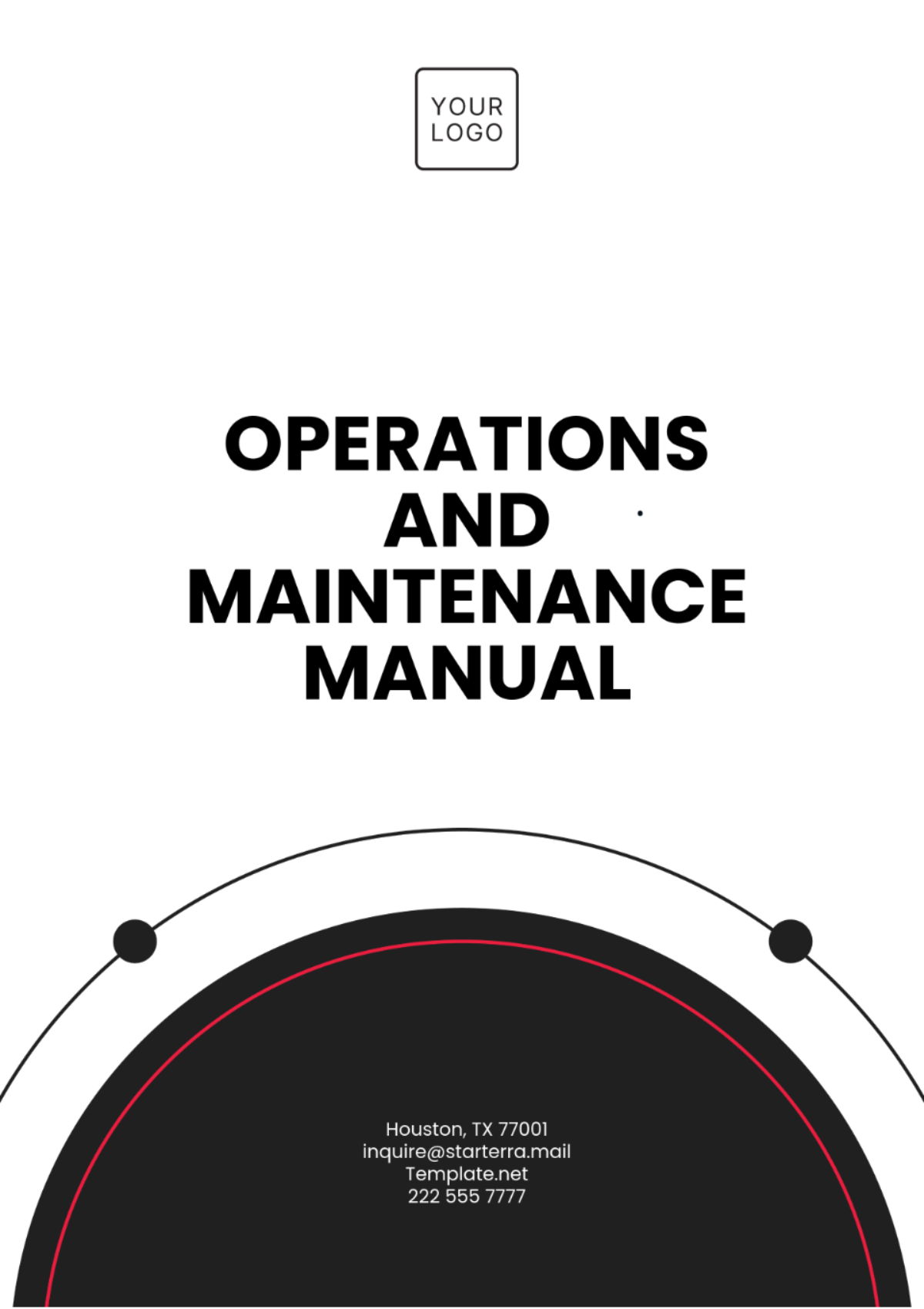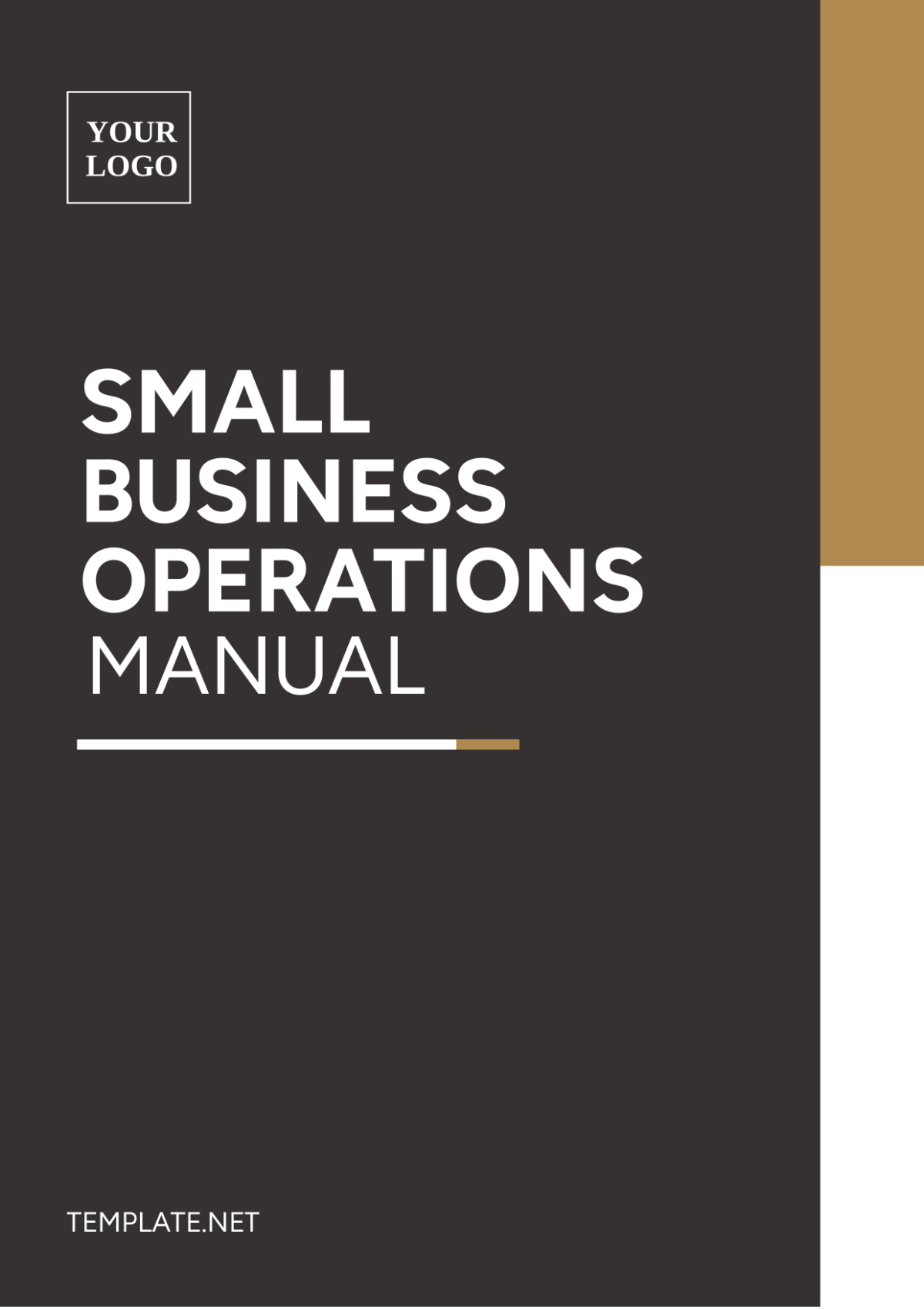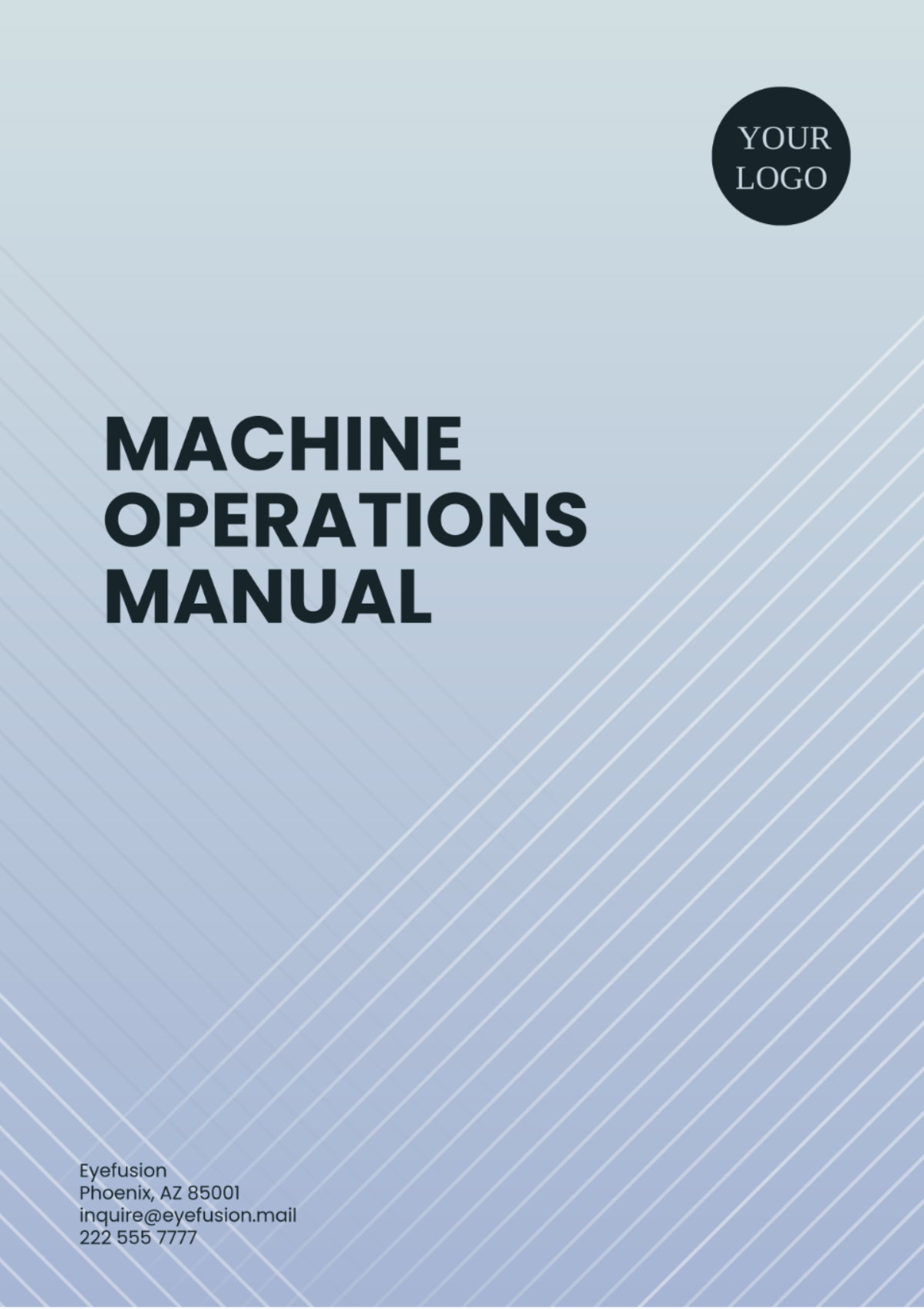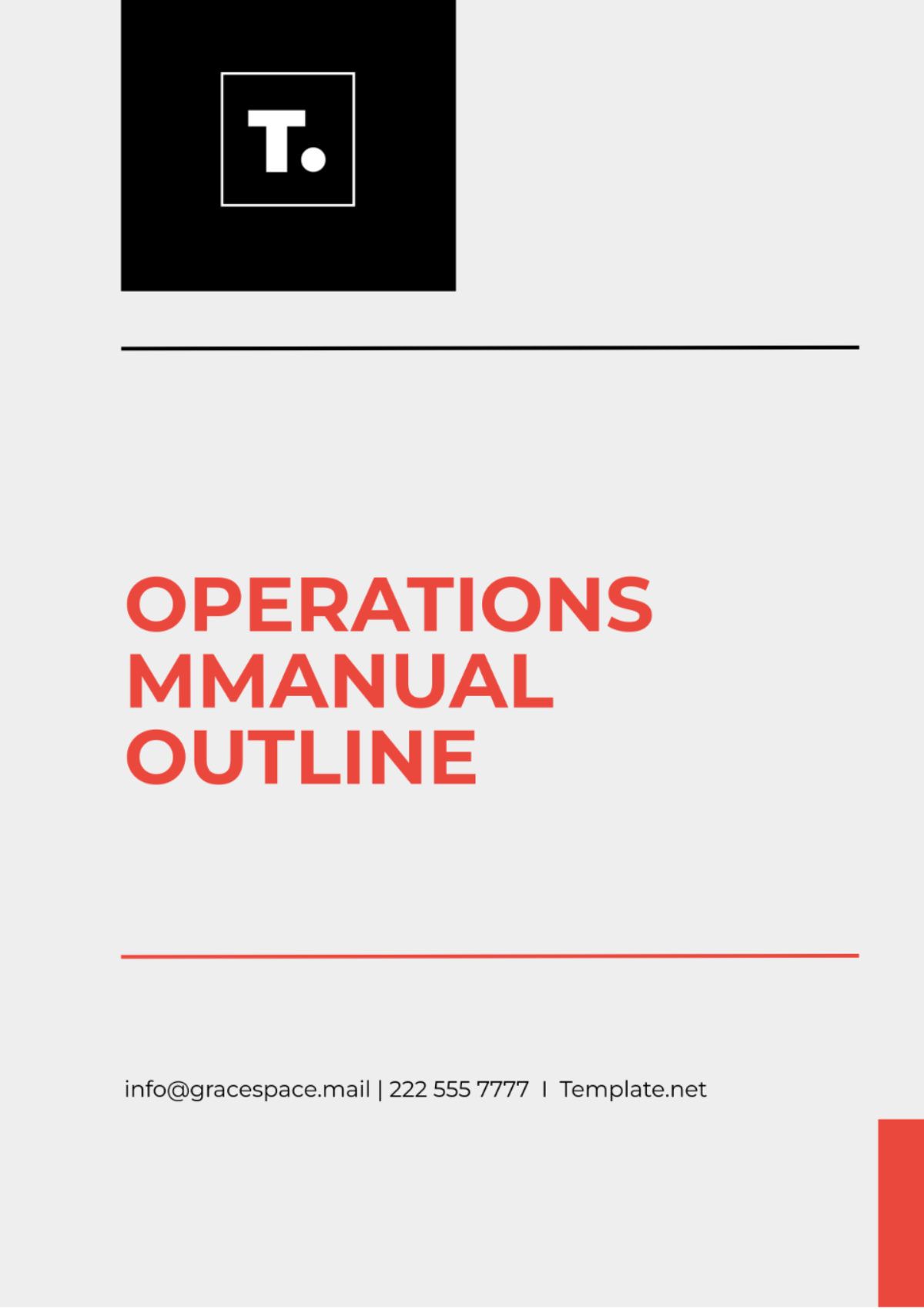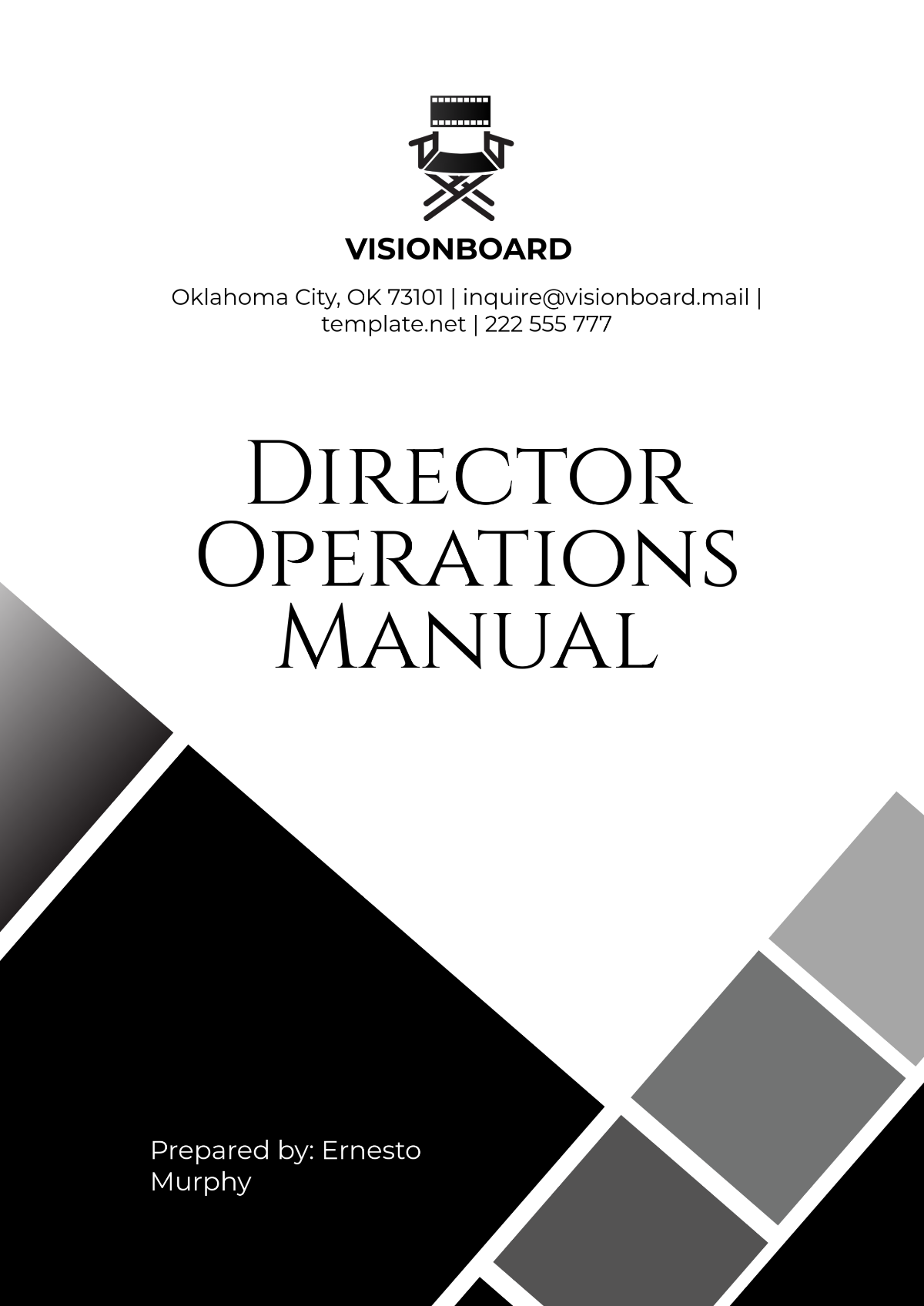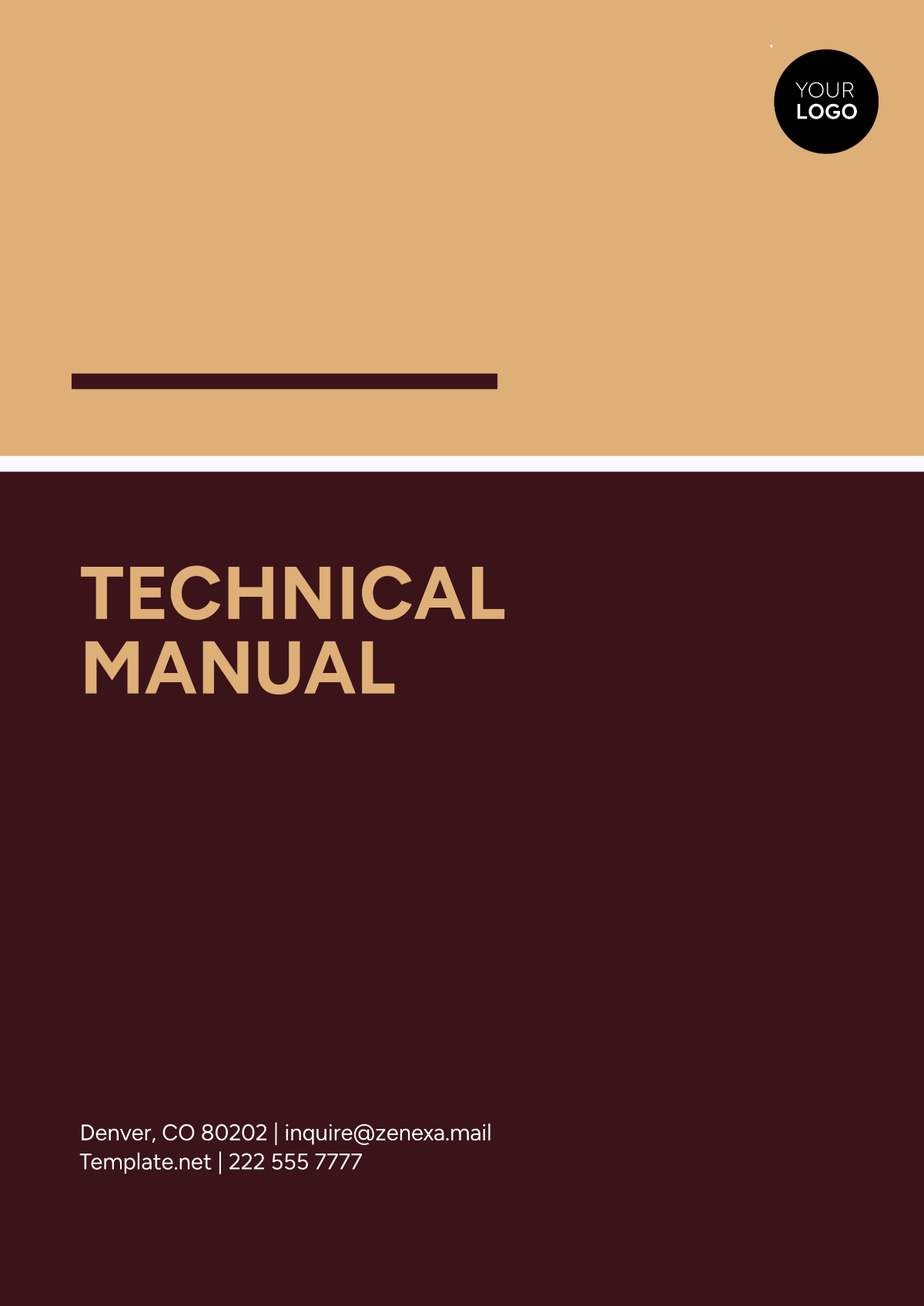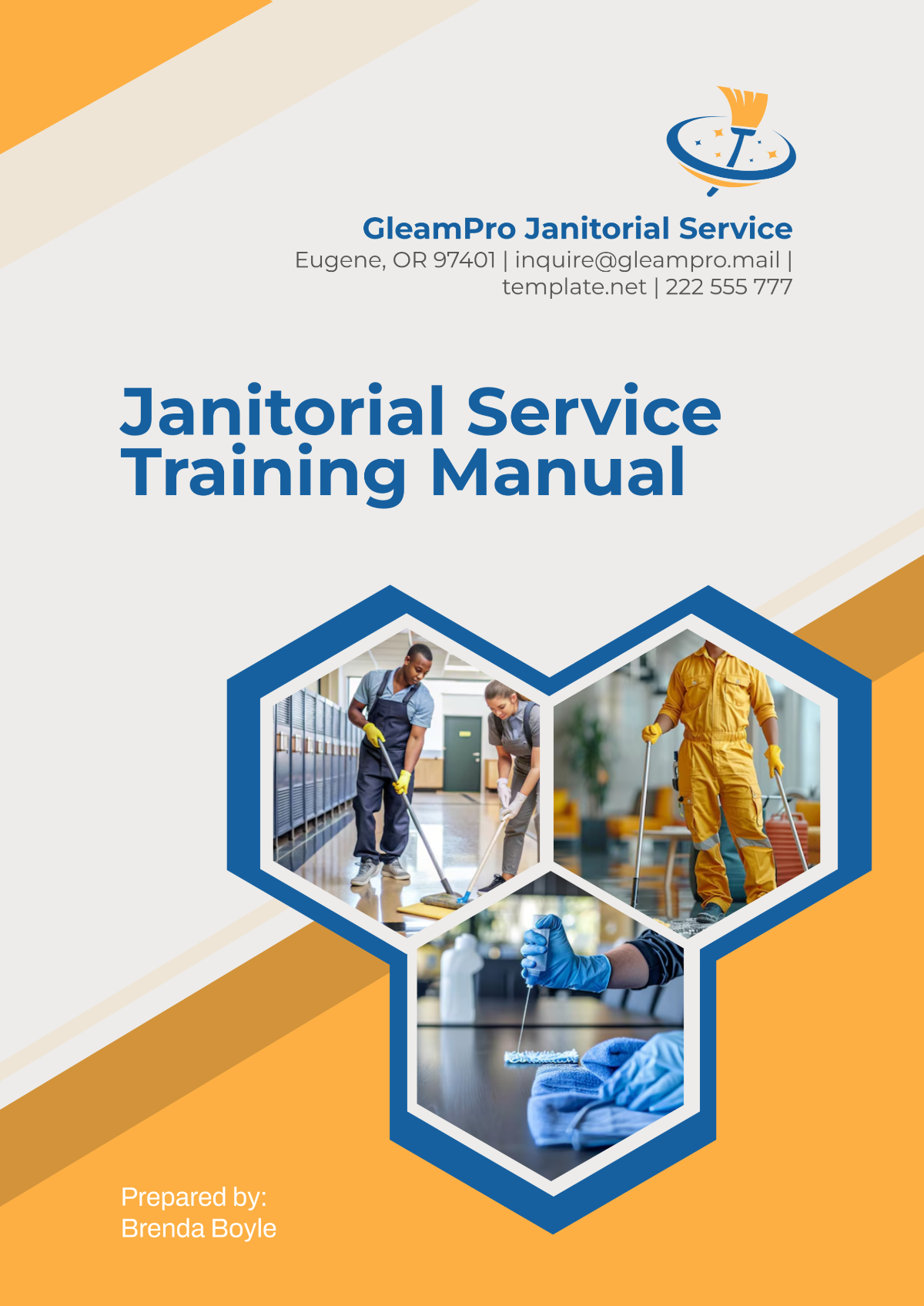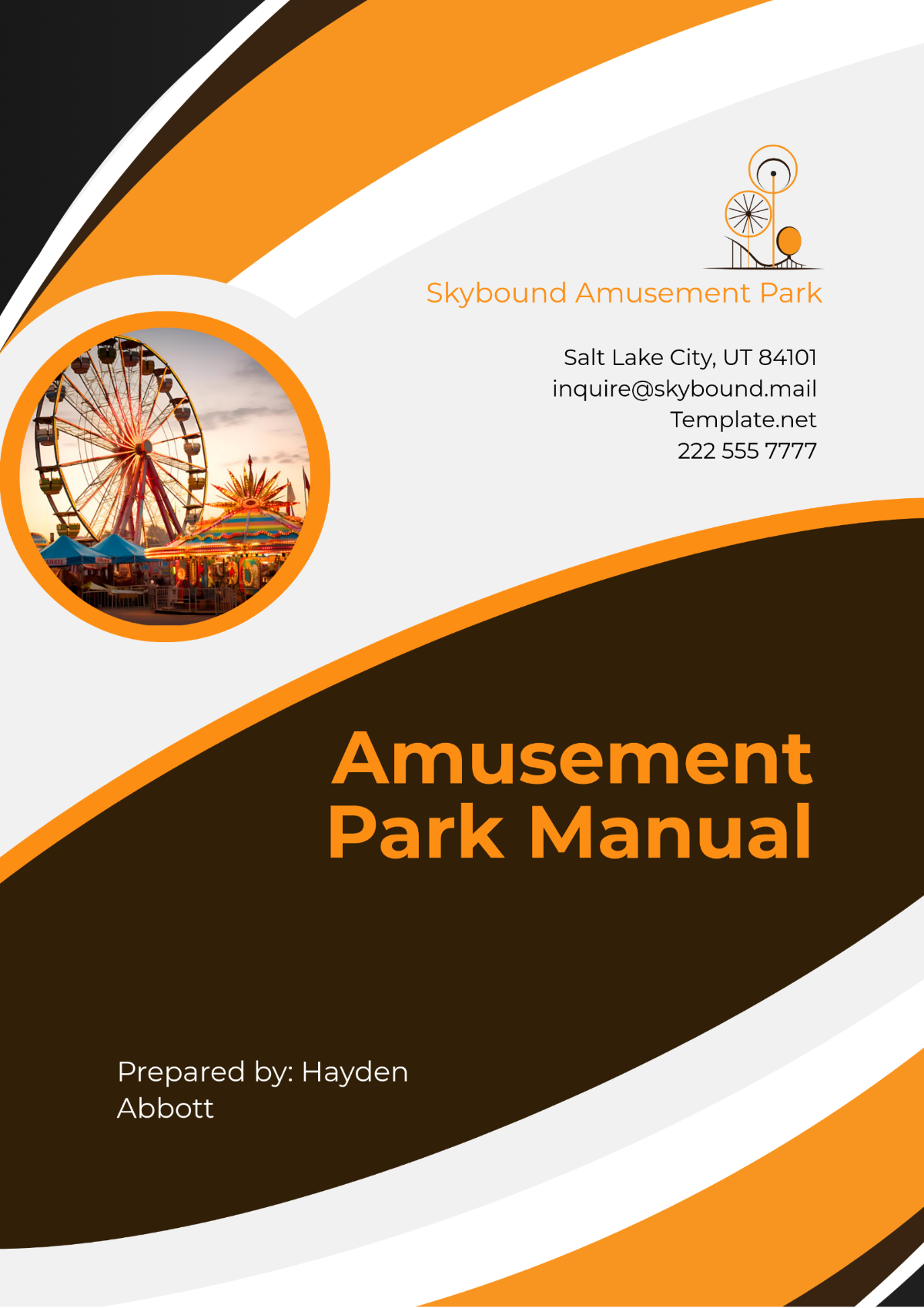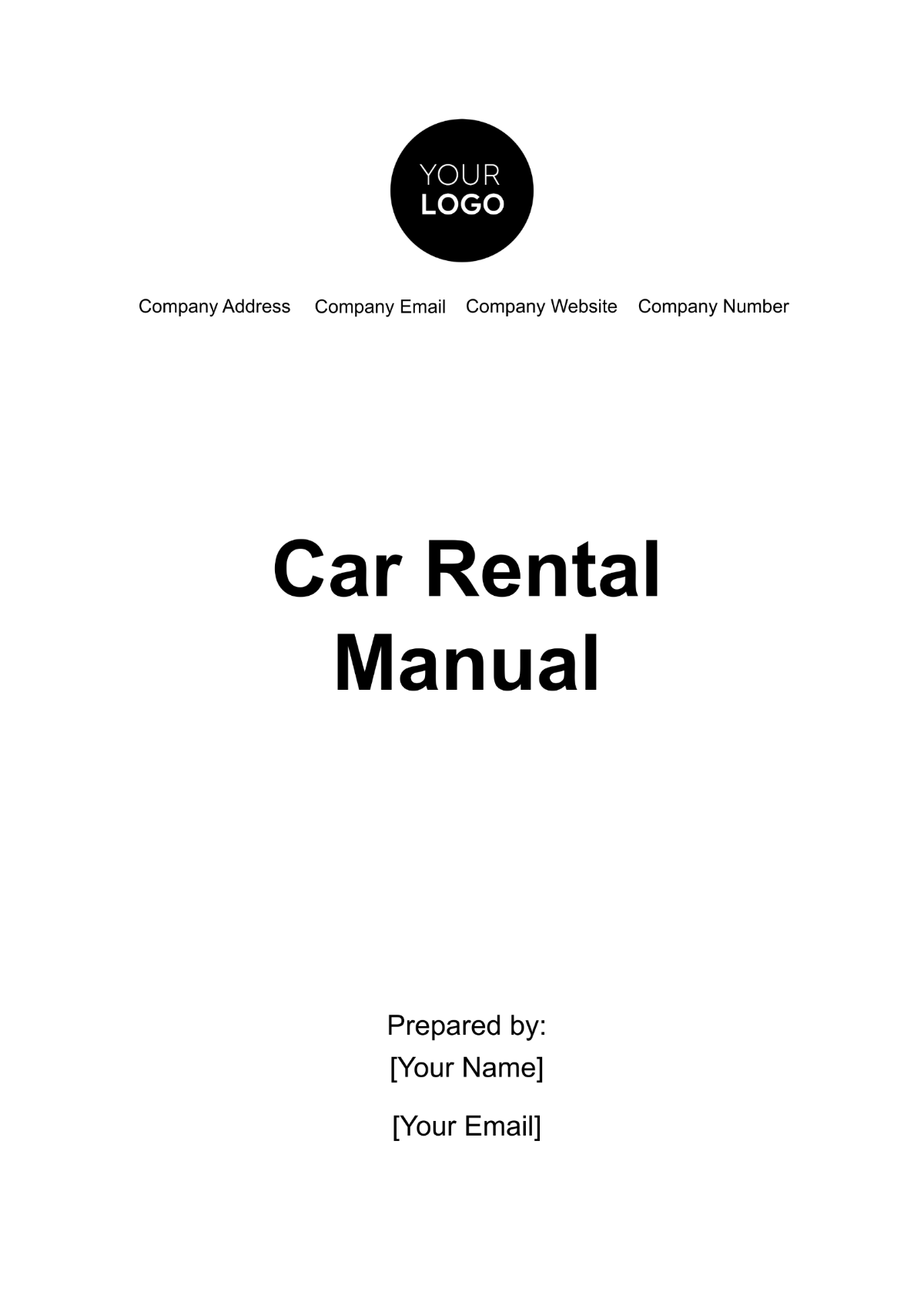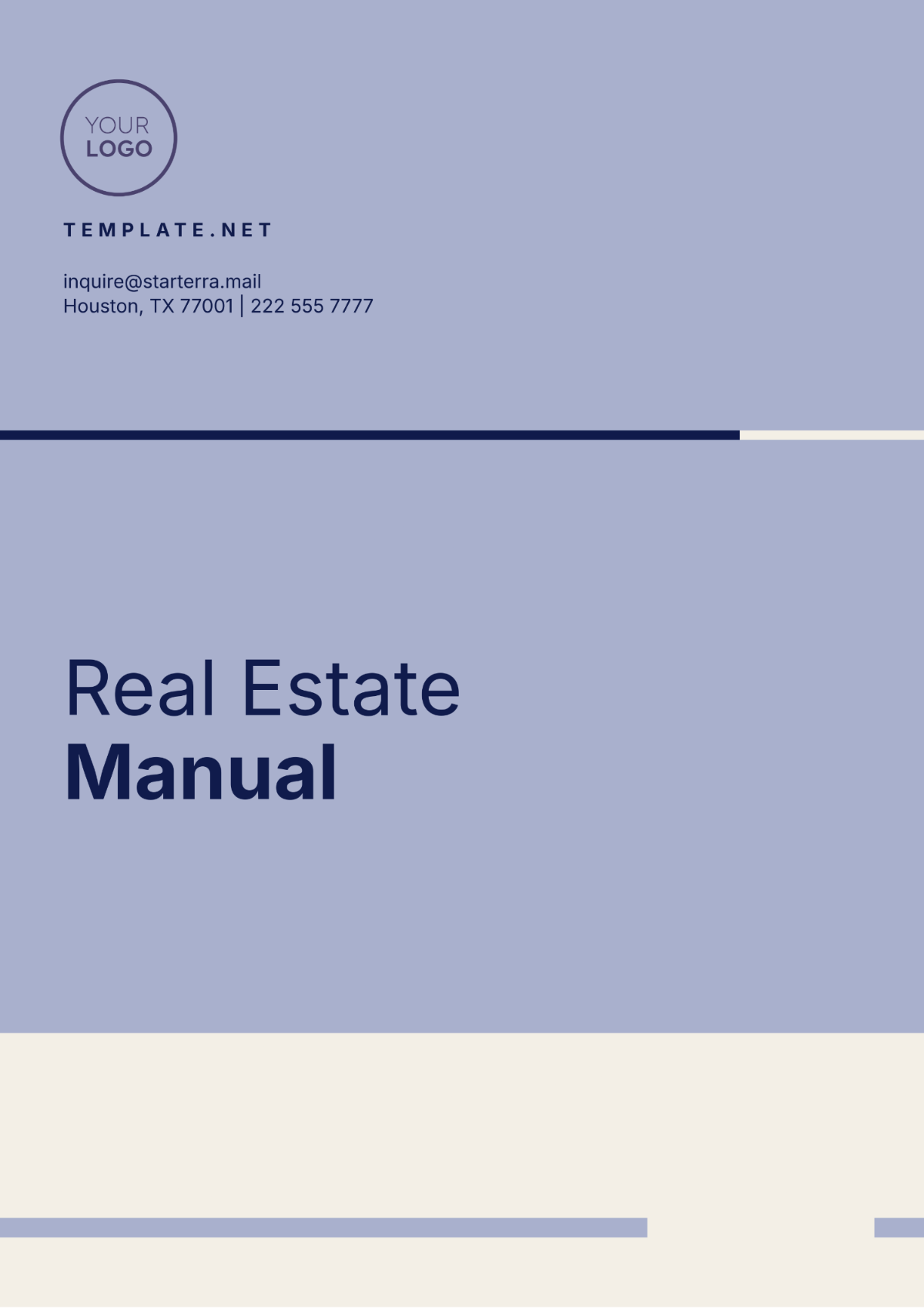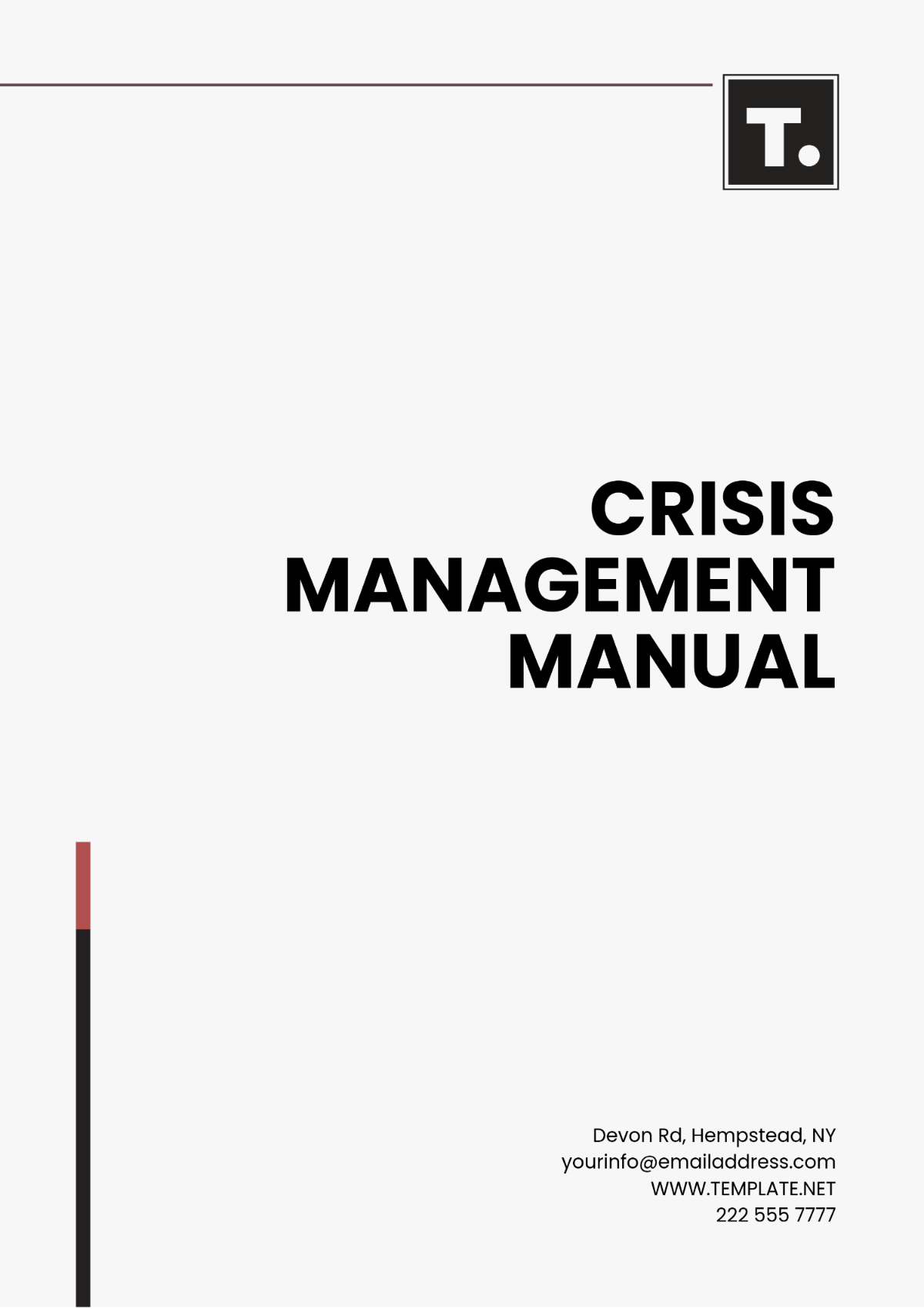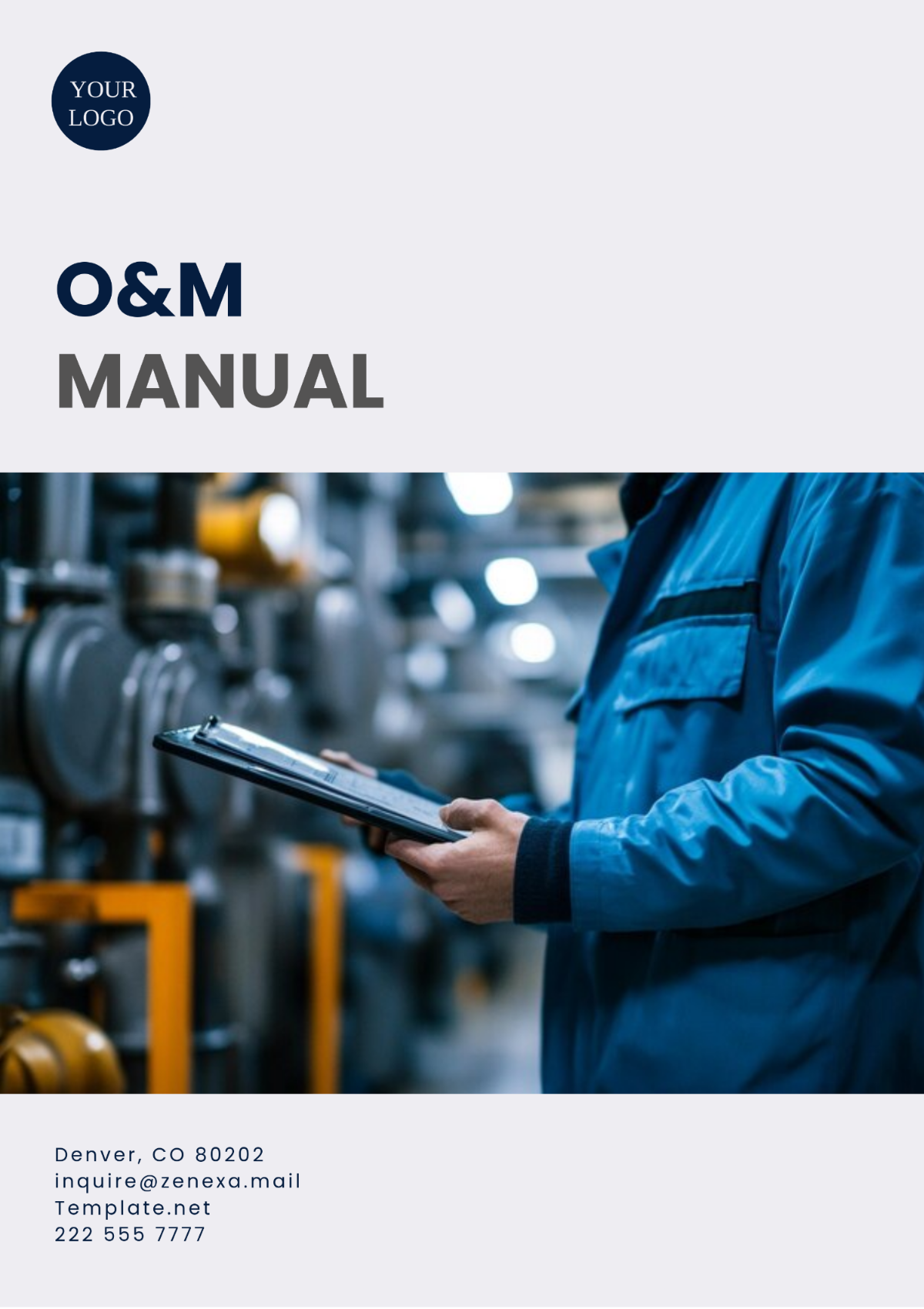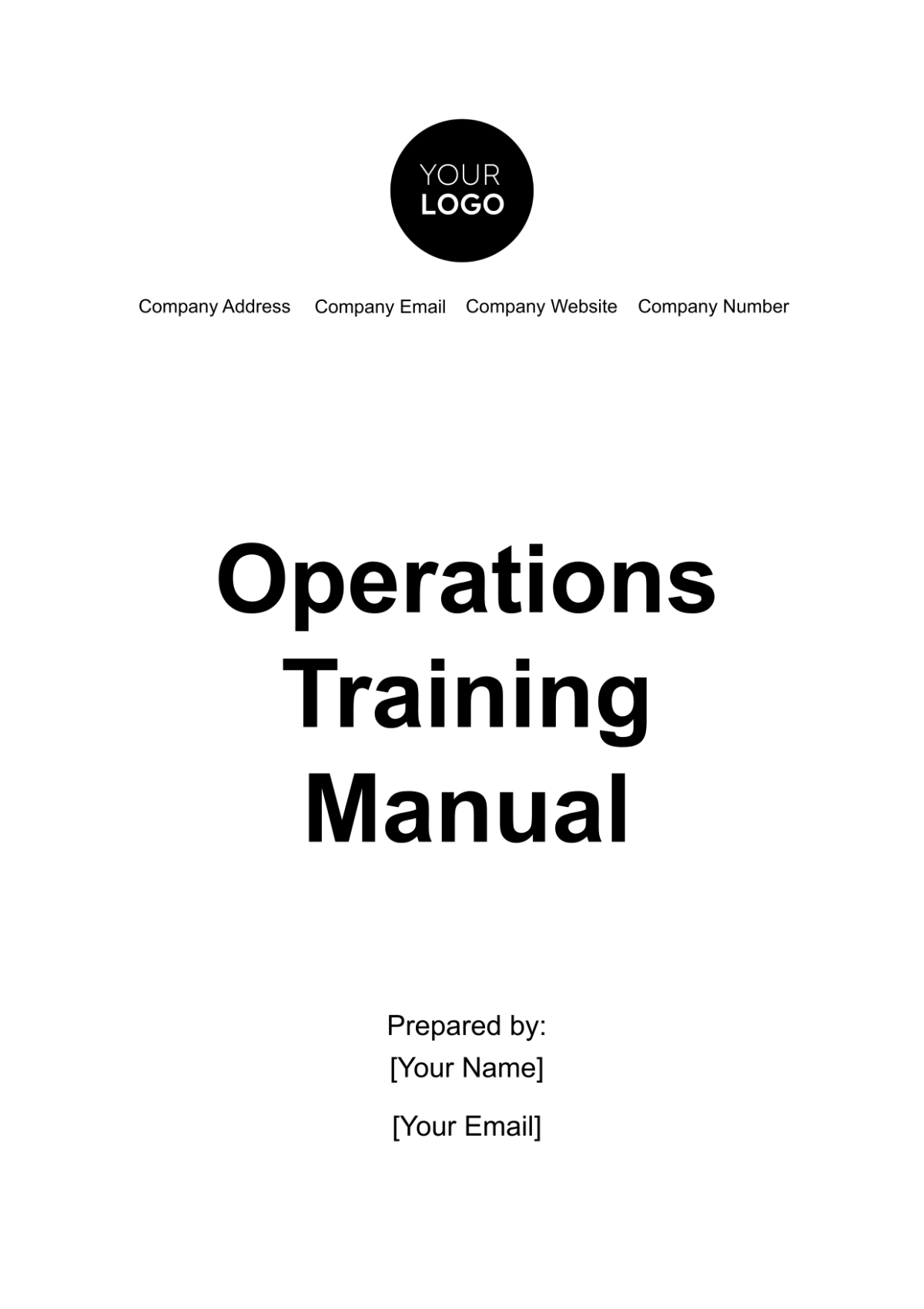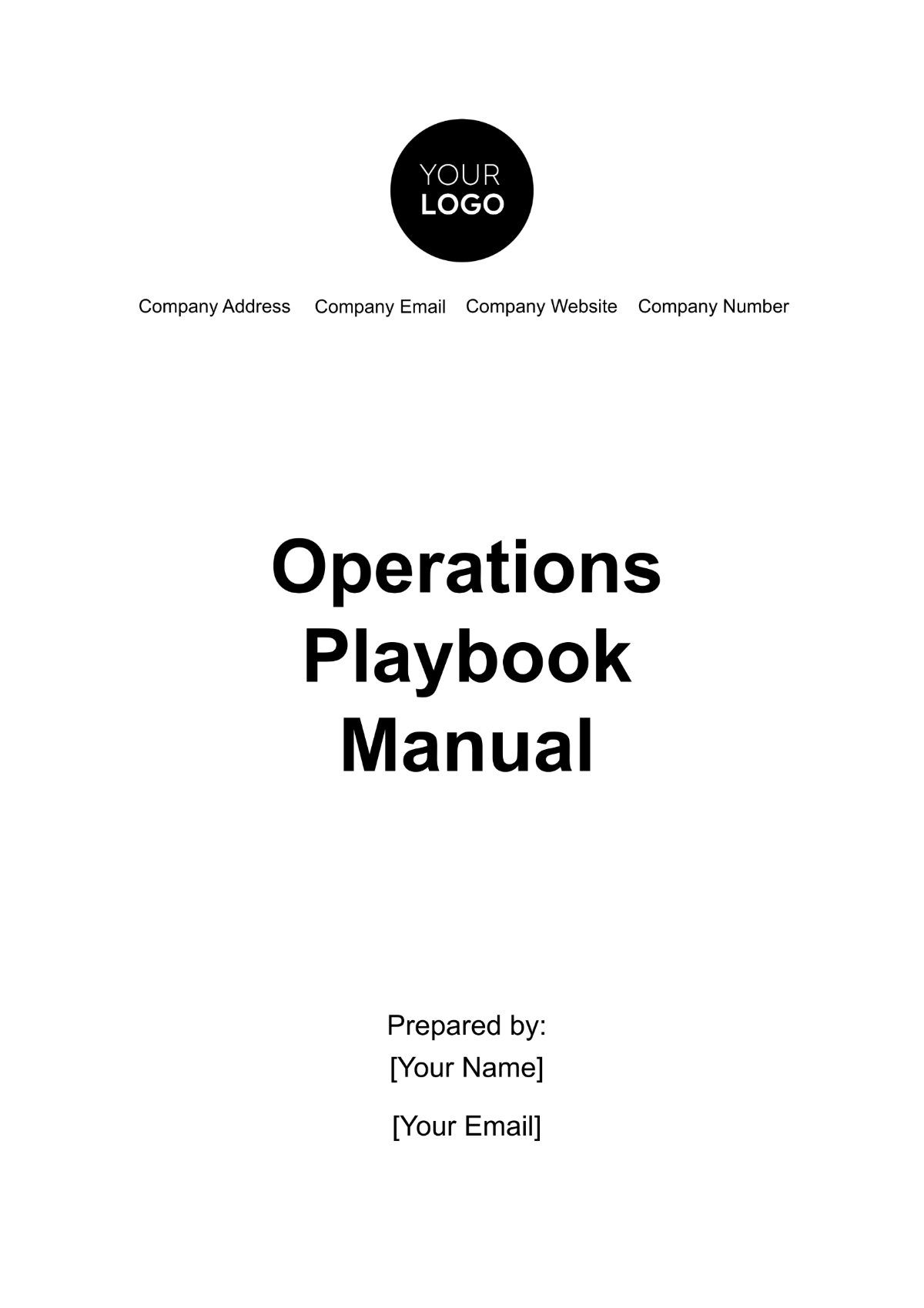Agile Methodology Manual
I. Introduction
Agile methodologies revolutionize the way software development teams approach project management and execution. This manual provides a comprehensive overview of Agile methodologies, offering detailed guidelines and best practices for implementing Agile principles. It aims to equip teams with the knowledge needed to embrace flexibility, collaboration, and continuous improvement.
II. Agile Methodologies Overview
Agile encompasses various methodologies, each with its own approach to iterative development and project management. The following sections outline key methodologies and their core principles.
Scrum
Scrum is a framework for managing and completing complex projects. It emphasizes iterative progress through short, time-boxed cycles called sprints.
Key Practices:
Sprint Planning: Define the work and objectives for the sprint.
Daily Stand-ups: Brief daily meetings to track progress and address obstacles.
Sprint Review: Demonstrate completed work and gather feedback.
Sprint Retrospective: Reflect on the sprint to identify improvements.
Kanban
Kanban is a visual approach to managing work, focusing on continuous delivery and process improvement.
Key Practices:
Visual Boards: Display tasks and workflow stages to enhance transparency.
Work In Progress (WIP) Limits: Limit tasks per stage to prevent overload.
Continuous Delivery: Ensure ongoing and incremental delivery of features.
Extreme Programming (XP)
Extreme Programming (XP) emphasizes technical excellence and customer satisfaction through frequent releases and iterative development.
Key Practices:
Test-Driven Development (TDD): Write tests before code to ensure functionality and reliability.
Pair Programming: Two developers work together at one workstation to improve code quality.
Continuous Integration: Regularly integrate and test code changes to detect issues early.
Lean
Lean focuses on maximizing value by eliminating waste and enhancing efficiency in the development process.
Key Practices:
Value Stream Mapping: Analyze and optimize processes to eliminate non-value-added activities.
Just-In-Time Development: Deliver features and improvements exactly when needed.
Continuous Improvement: Regularly review and refine processes to enhance efficiency.
III. Agile Roles and Responsibilities
Understanding the roles and responsibilities within Agile frameworks is crucial for effective implementation. Below is an overview of common roles:
Role | Description | Responsibilities |
|---|---|---|
Product Owner | Represents the customer and stakeholder interests. | Define product backlog, prioritize features, and ensure value delivery. |
Scrum Master | Facilitates Scrum processes and supports the team. | Remove impediments, coach team members, and ensure adherence to Scrum practices. |
Development Team | Responsible for delivering the product increment. | Implement features, collaborate on tasks, and ensure quality. |
IV. Agile Artifacts
Agile artifacts are tools used to track and manage the progress and quality of the project. Common artifacts include:
Product Backlog: A prioritized list of features, enhancements, and fixes.
Sprint Backlog: A subset of the product backlog for the current sprint.
Increment: Work meeting the definition of done at sprint's end.
V. Agile Ceremonies
Agile ceremonies are structured meetings that facilitate planning, collaboration, and review. They include:
Sprint Planning: Establish goals and tasks for the upcoming sprint.
Daily Stand-ups: Quick daily meetings to discuss progress and obstacles.
Sprint Review: Present completed work to stakeholders and gather feedback.
Sprint Retrospective: Reflect on the sprint to identify improvements.
VI. Implementing Agile Methodologies
Successful implementation of Agile requires a thoughtful approach to integrating Agile practices into existing processes. Key steps include:
Training and Onboarding: Educate team members on Agile principles and practices.
Pilot Projects: Start with small projects to test and refine Agile processes.
Continuous Improvement: Adapt practices based on feedback.
VII. Tools and Resources
Various tools support Agile practices, enhancing efficiency and collaboration:
Tool | Purpose | Features |
|---|---|---|
Jira | Project management and issue tracking | Sprint planning, backlog management, reporting |
Trello | Visual task management | Kanban boards, task tracking, collaboration |
GitHub | Version control and code management | Source code repository, pull requests, CI/CD integration |
Confluence | Documentation and knowledge sharing | Wiki pages, team collaboration, document storage |
VIII. Conclusion
Adopting Agile methodologies fosters a collaborative, iterative approach to software development, enhancing flexibility and responsiveness to change. This manual provides a foundational understanding of Agile practices, guiding teams towards effective implementation and continuous improvement.
Prepared by: [Your Name]
Contact: [Your Company Email]
Phone: [Your Company Number]
Website: [Your Company Website]
